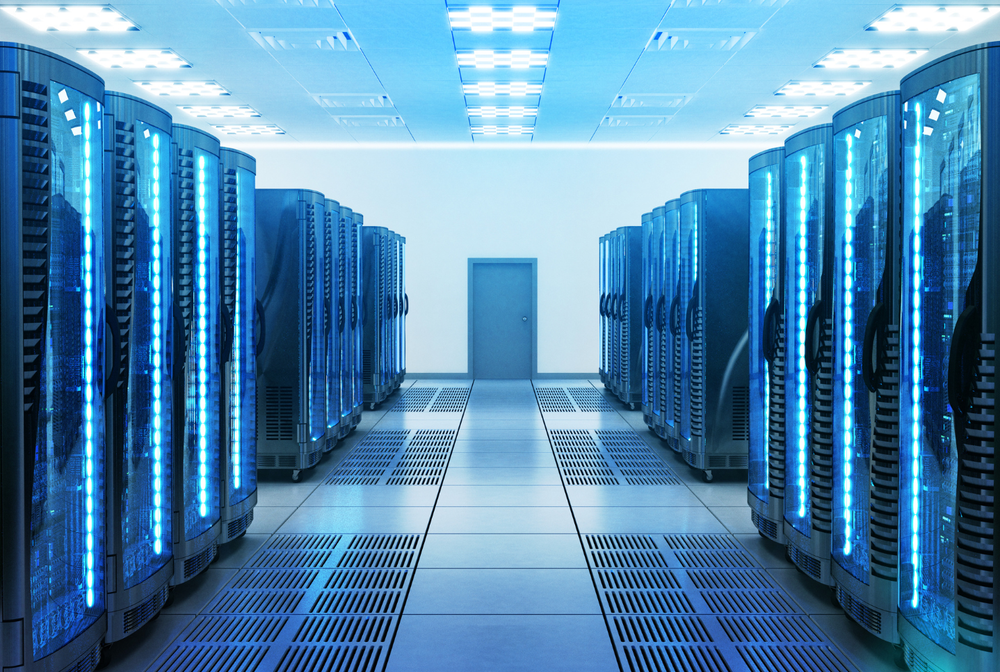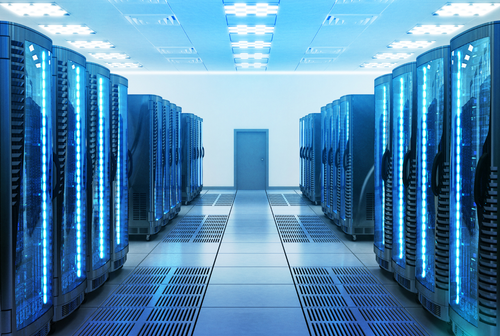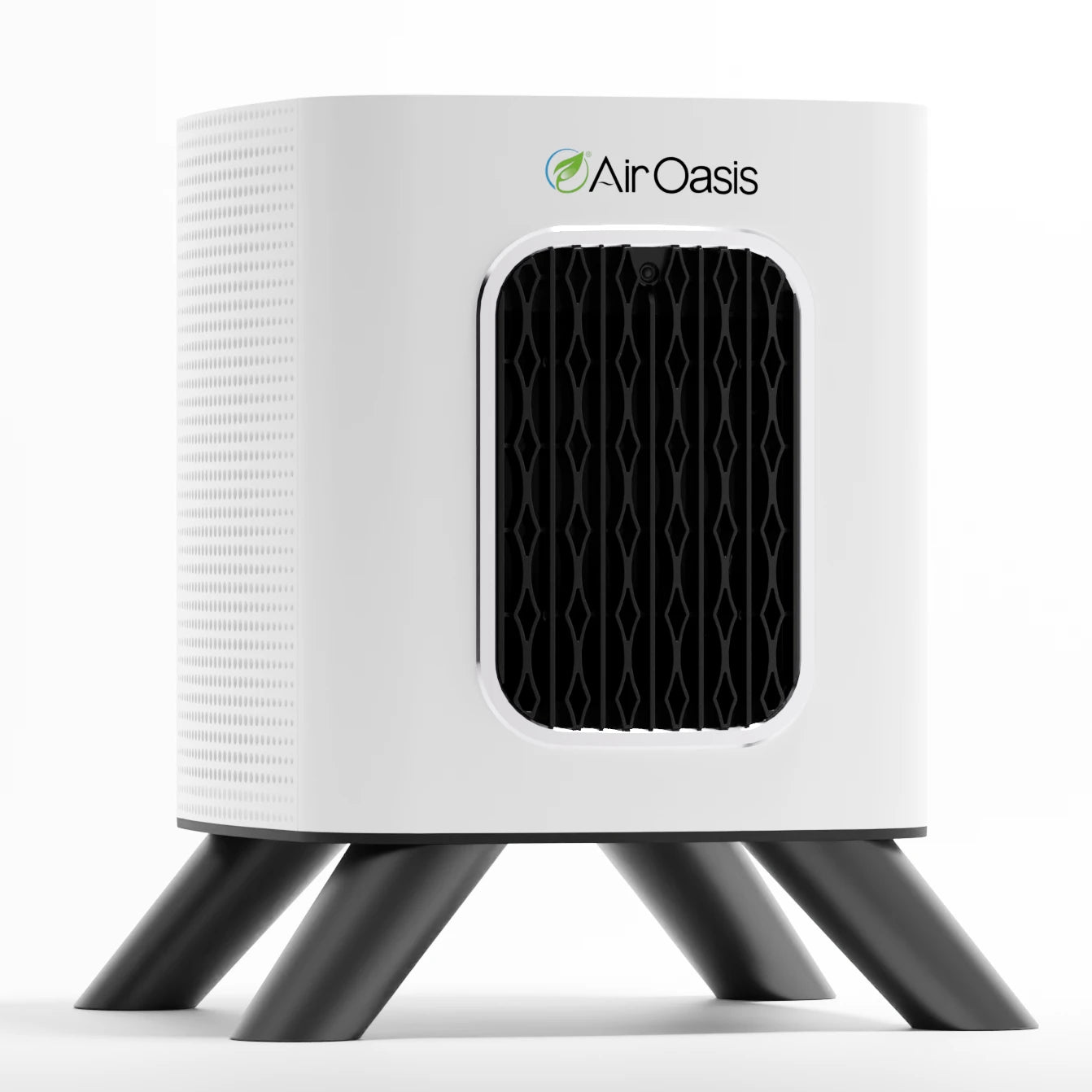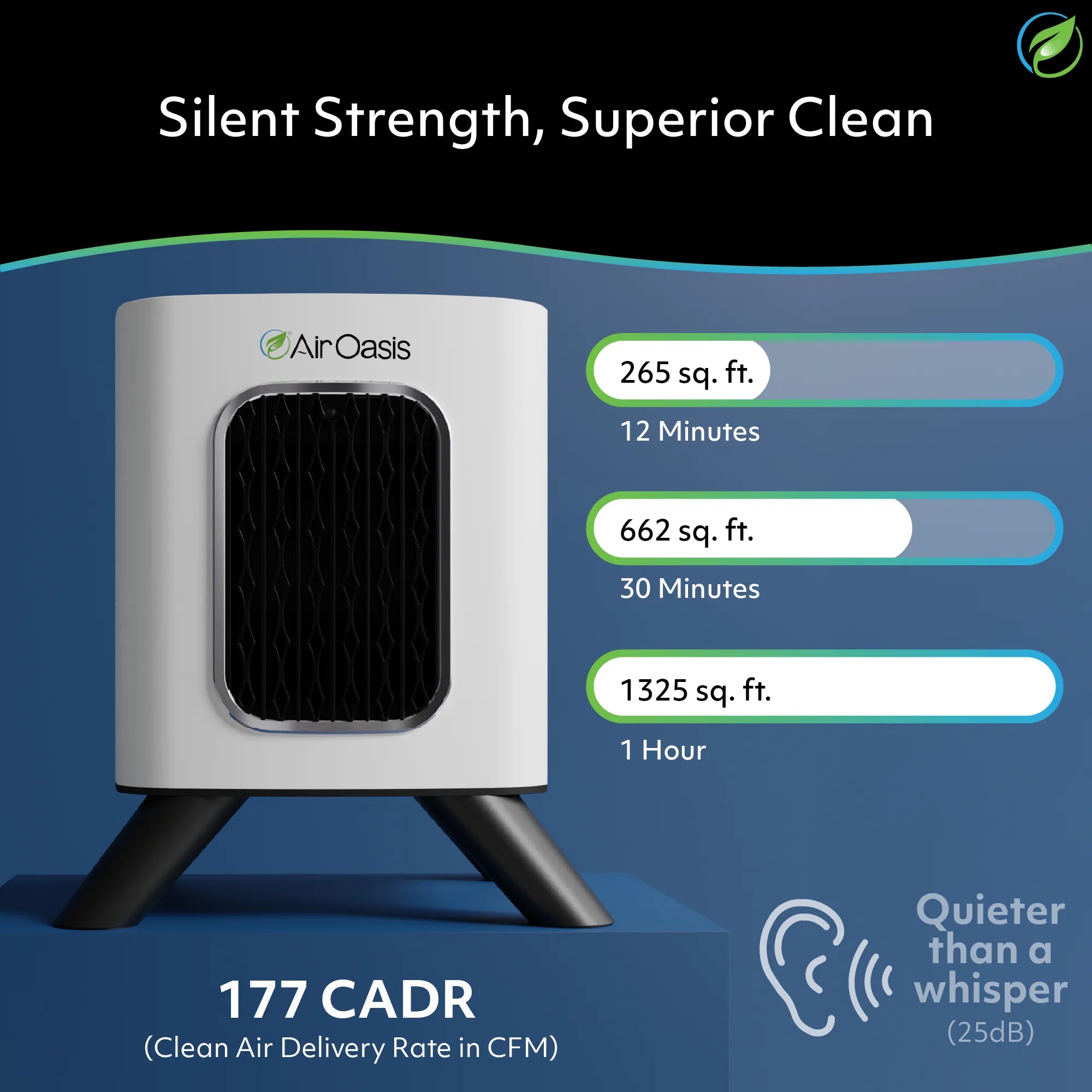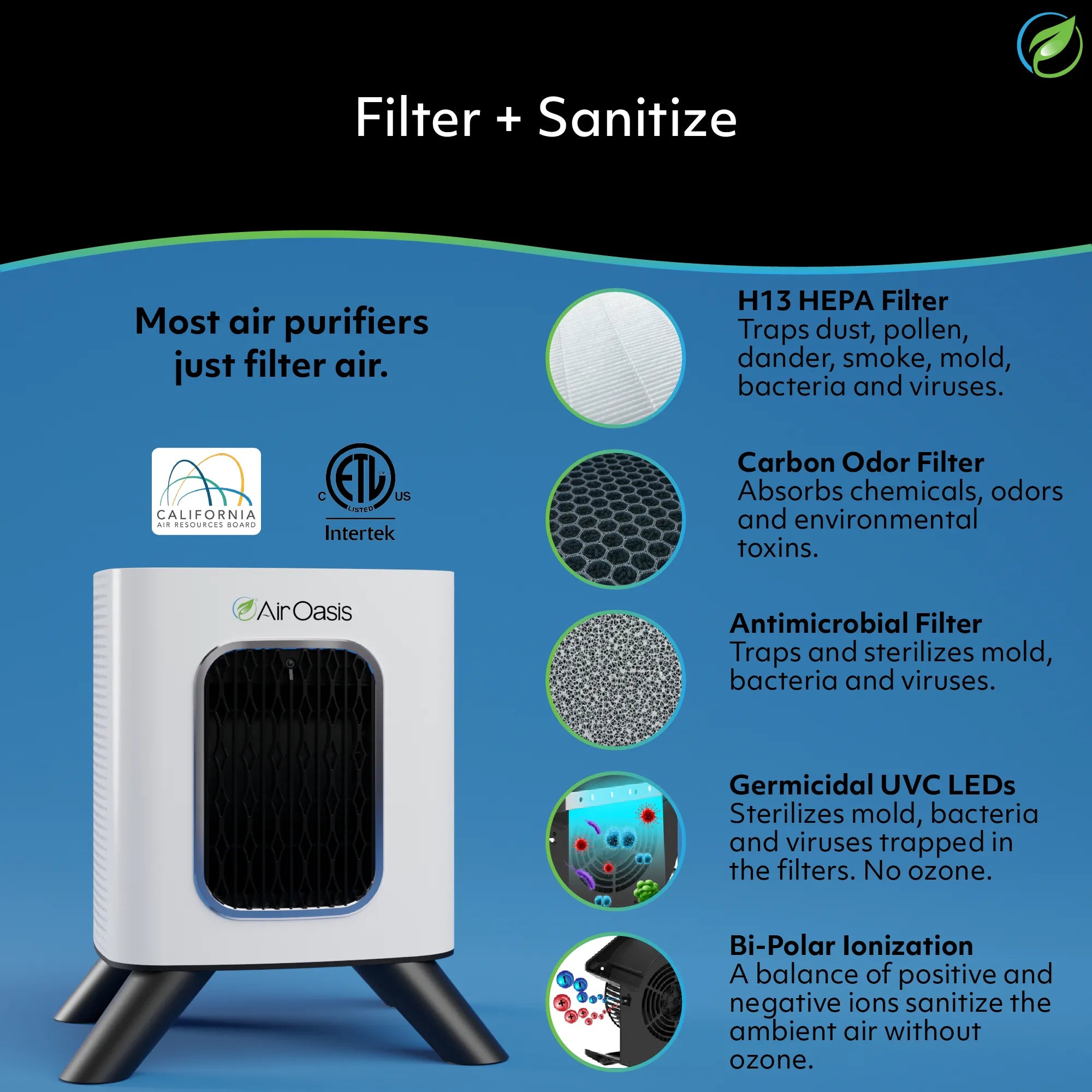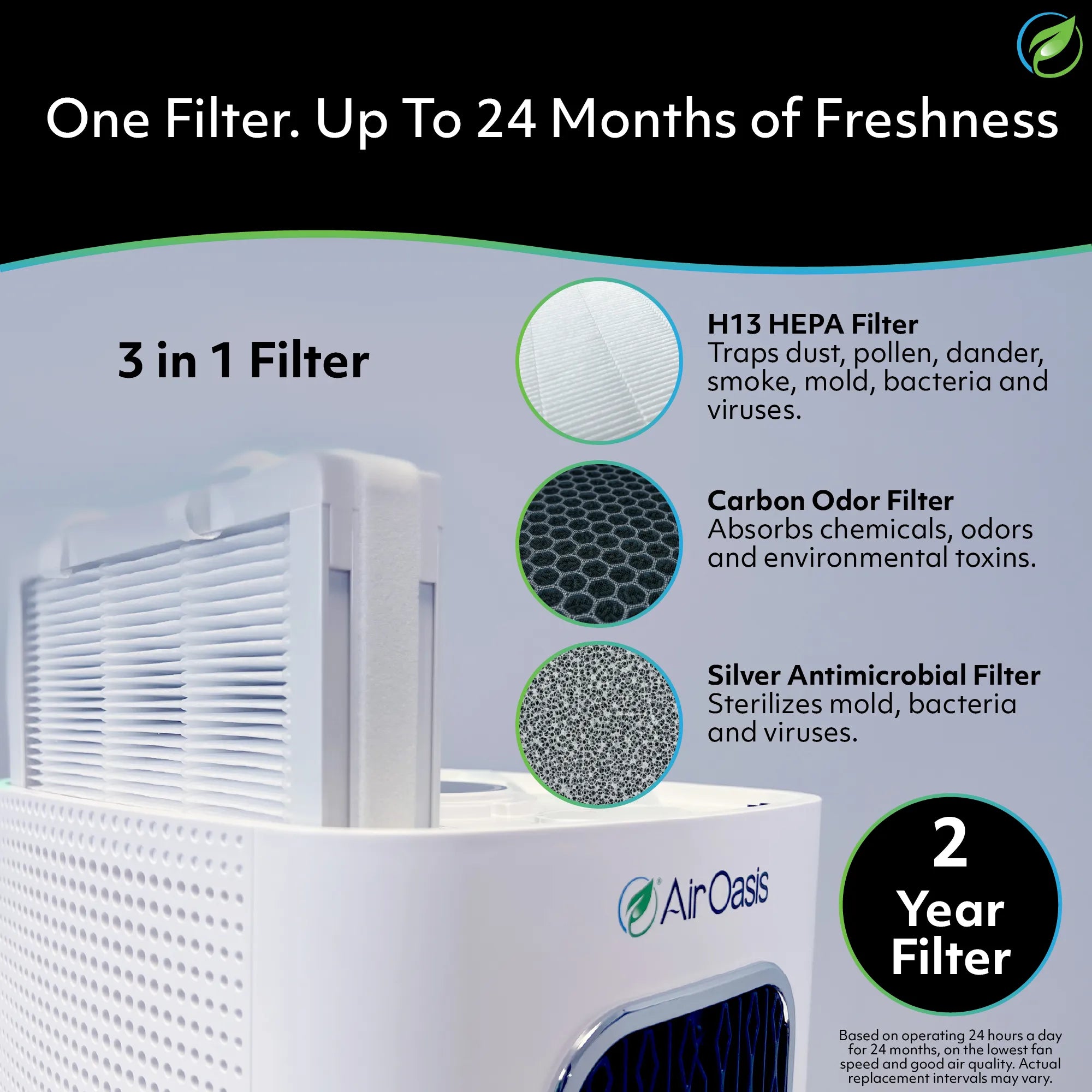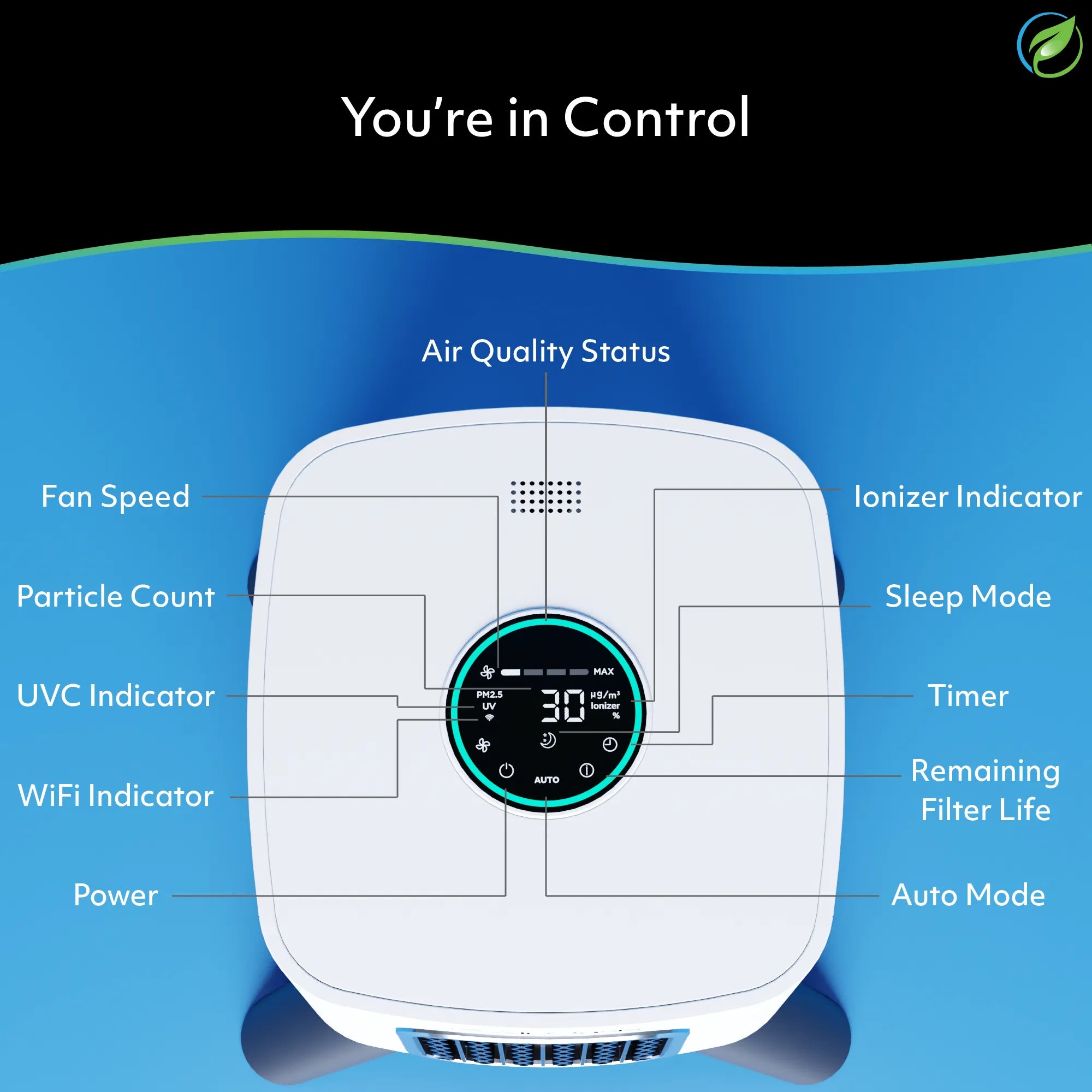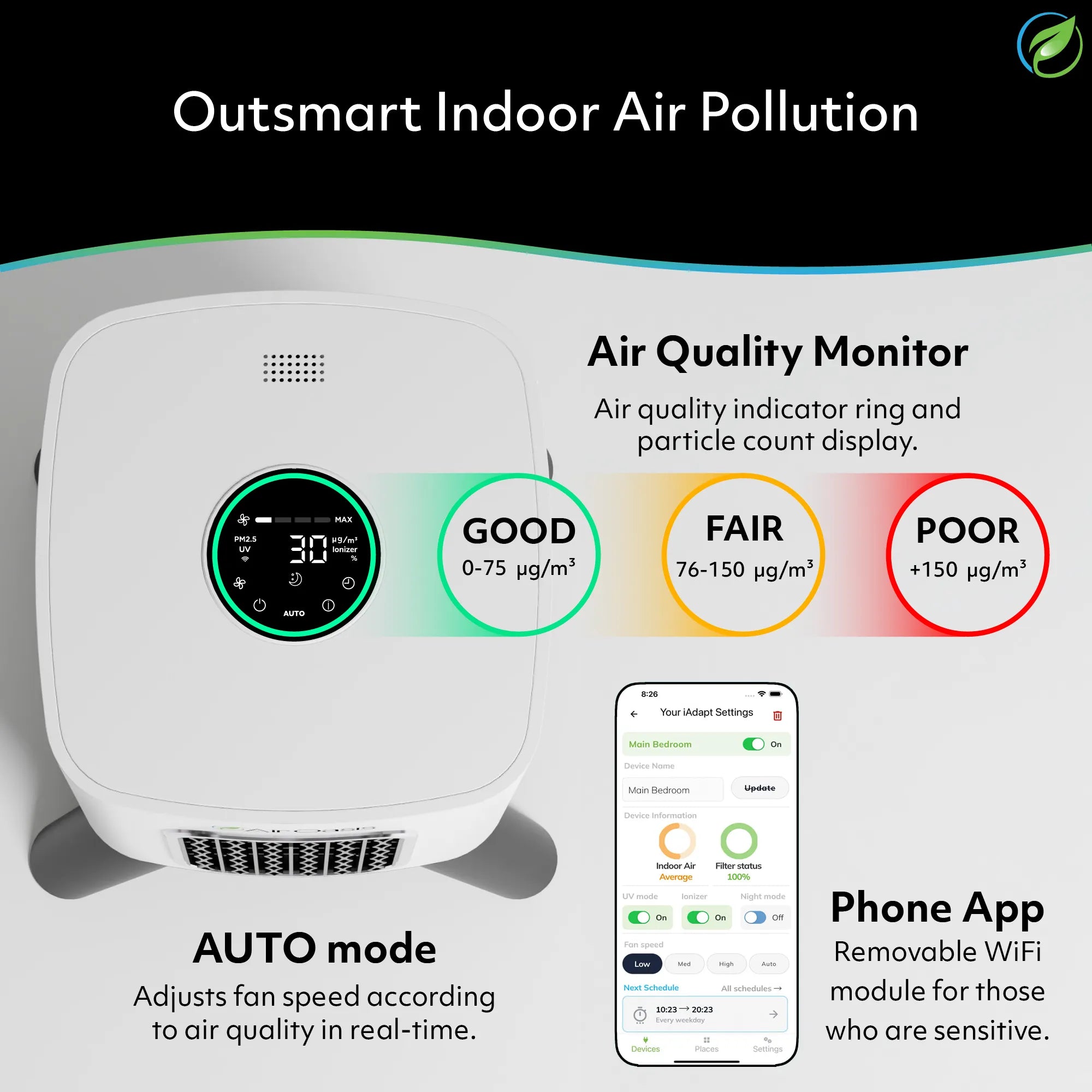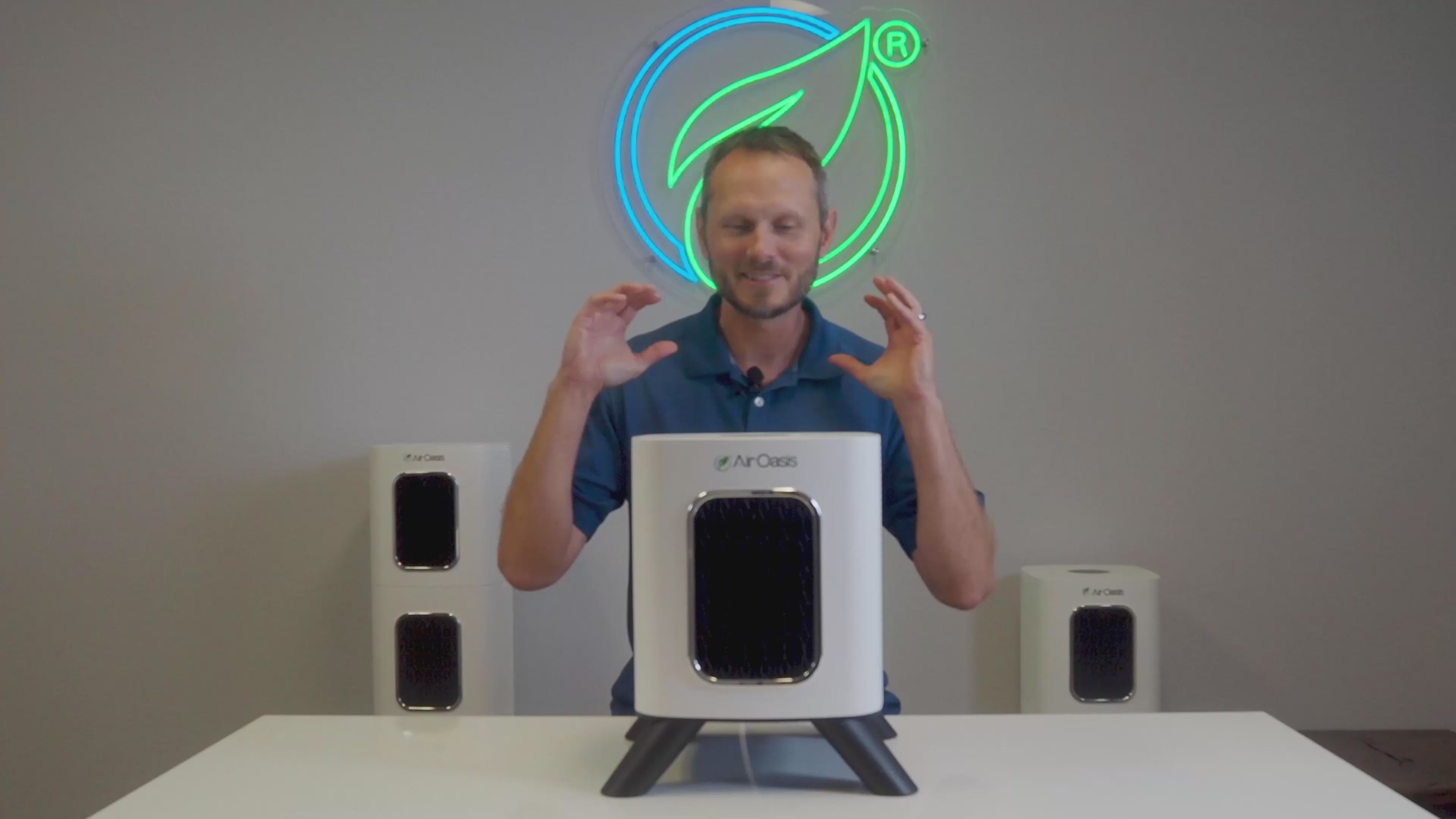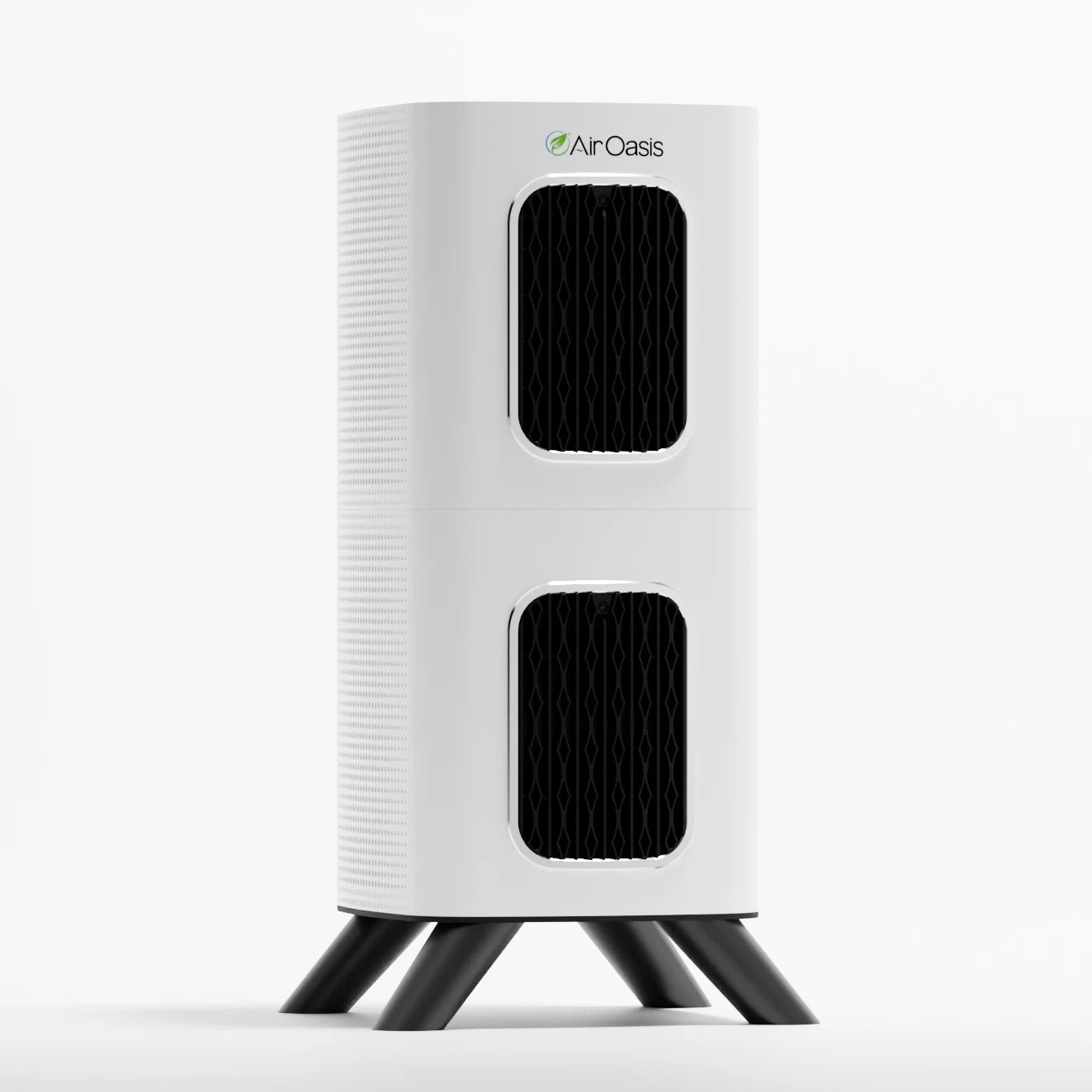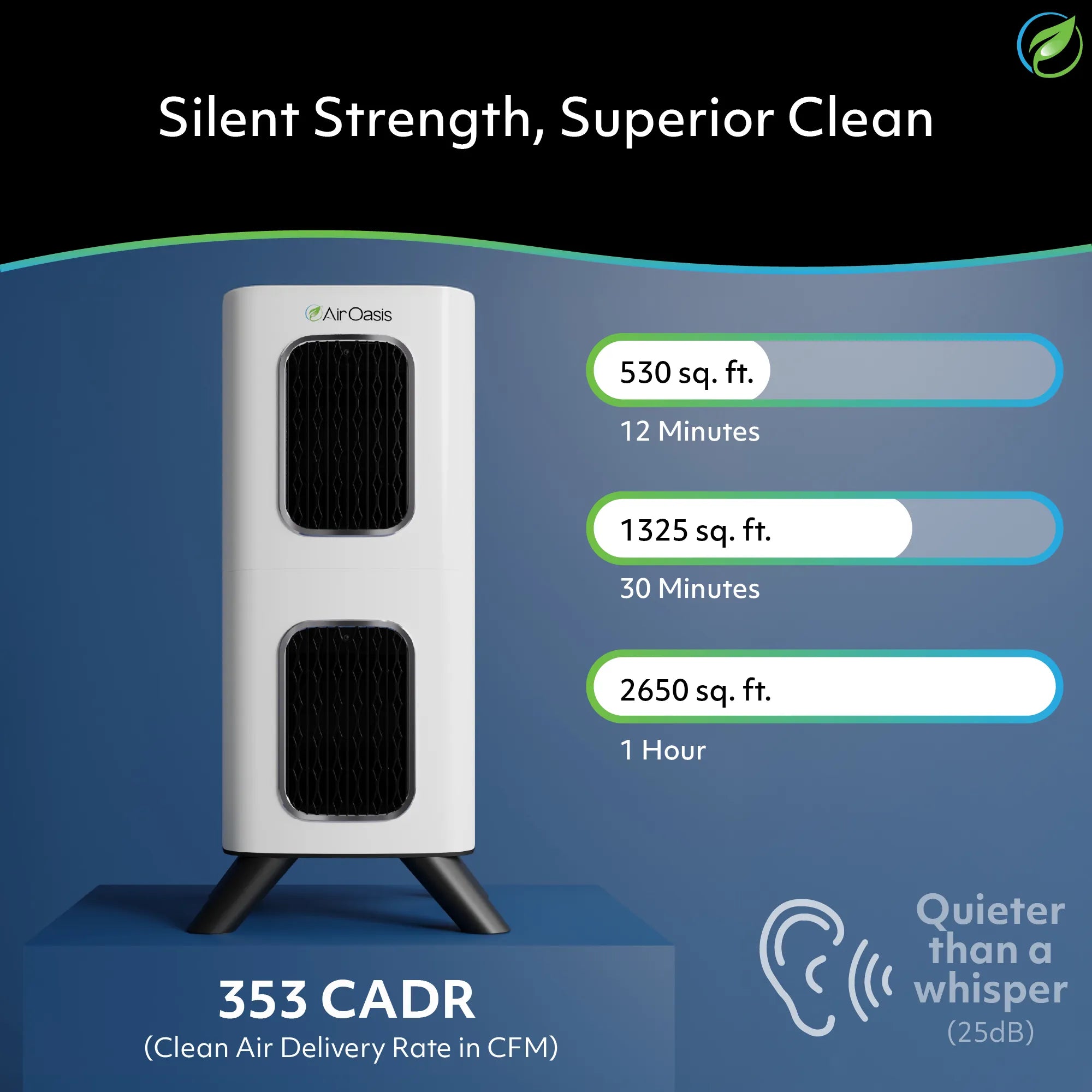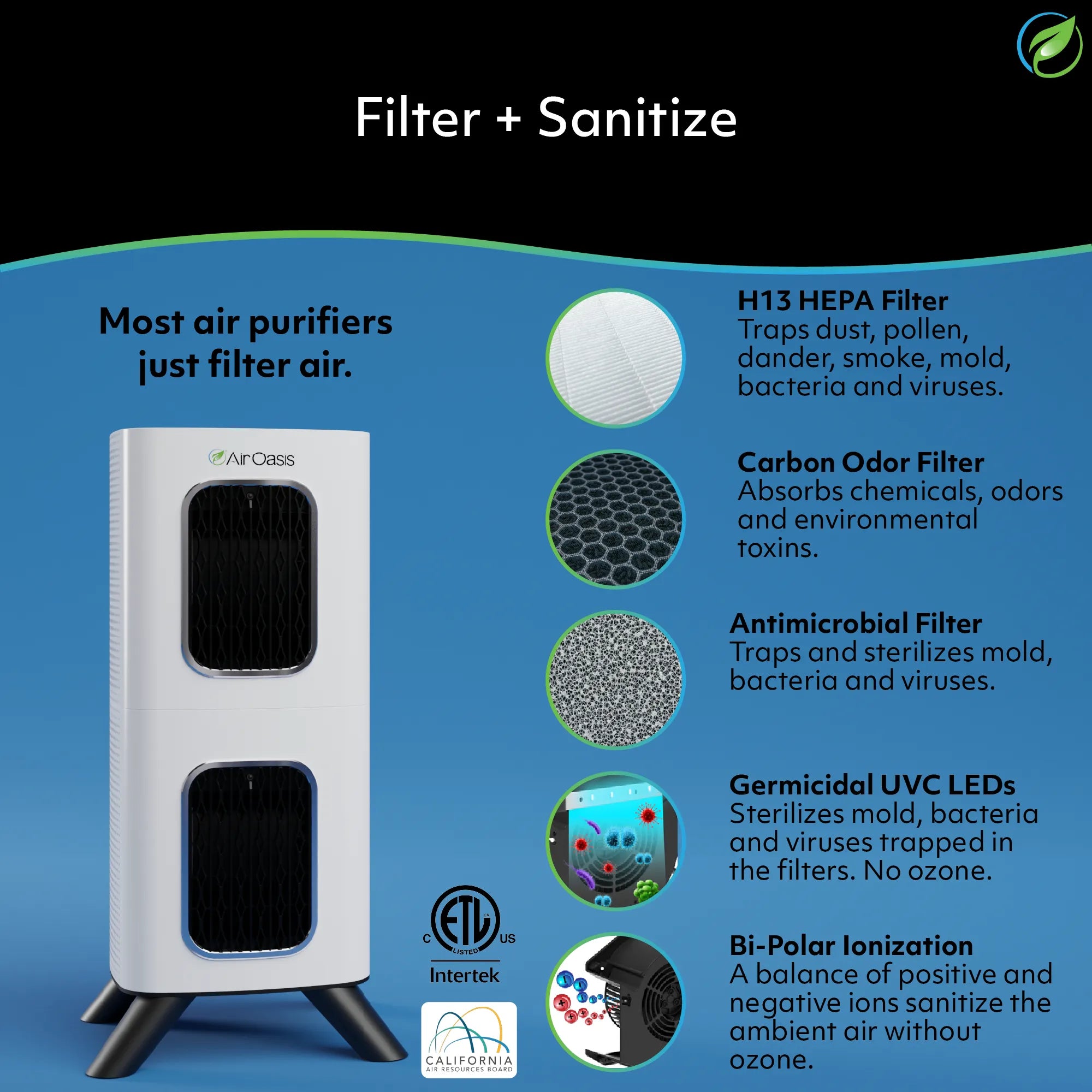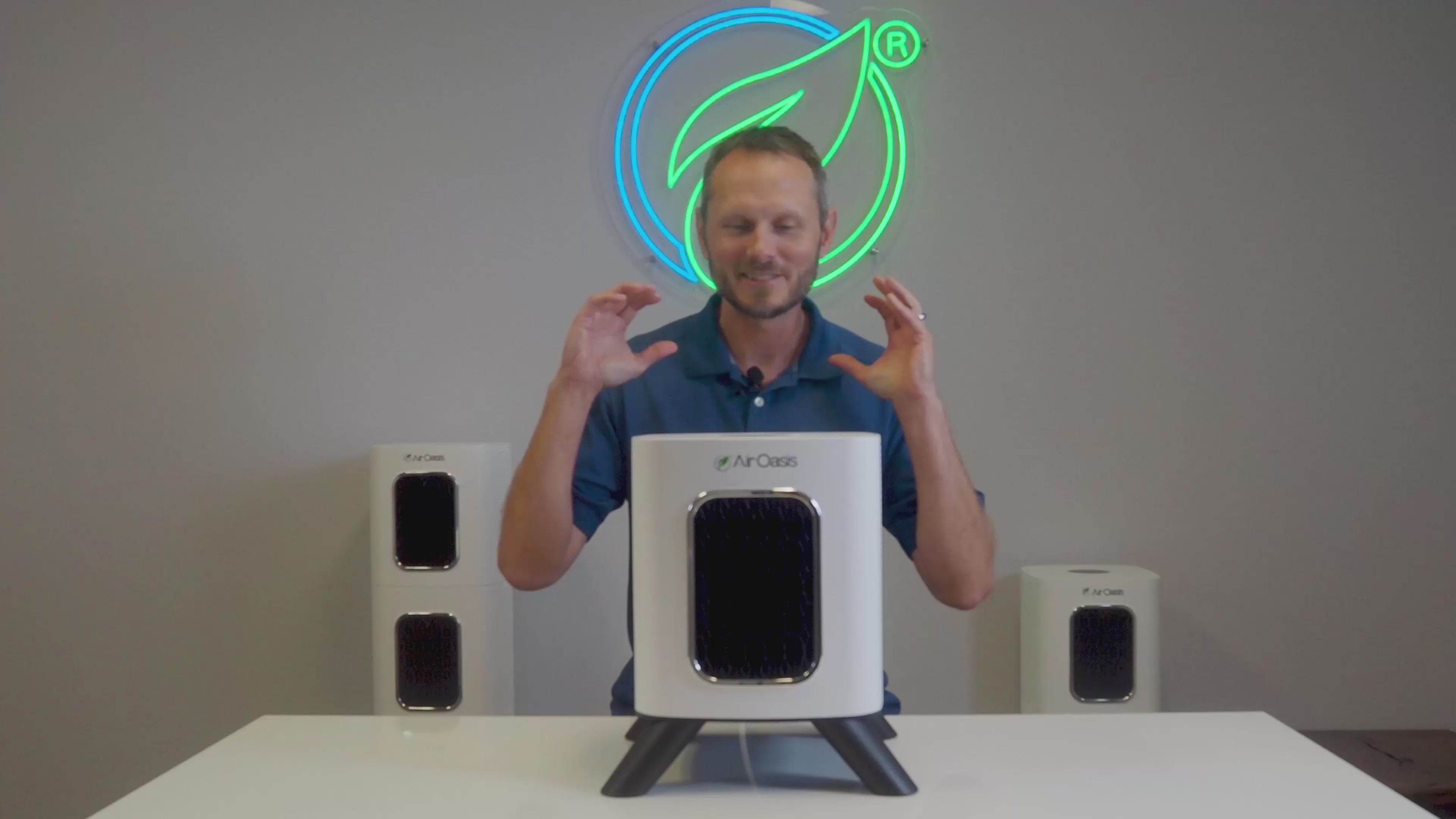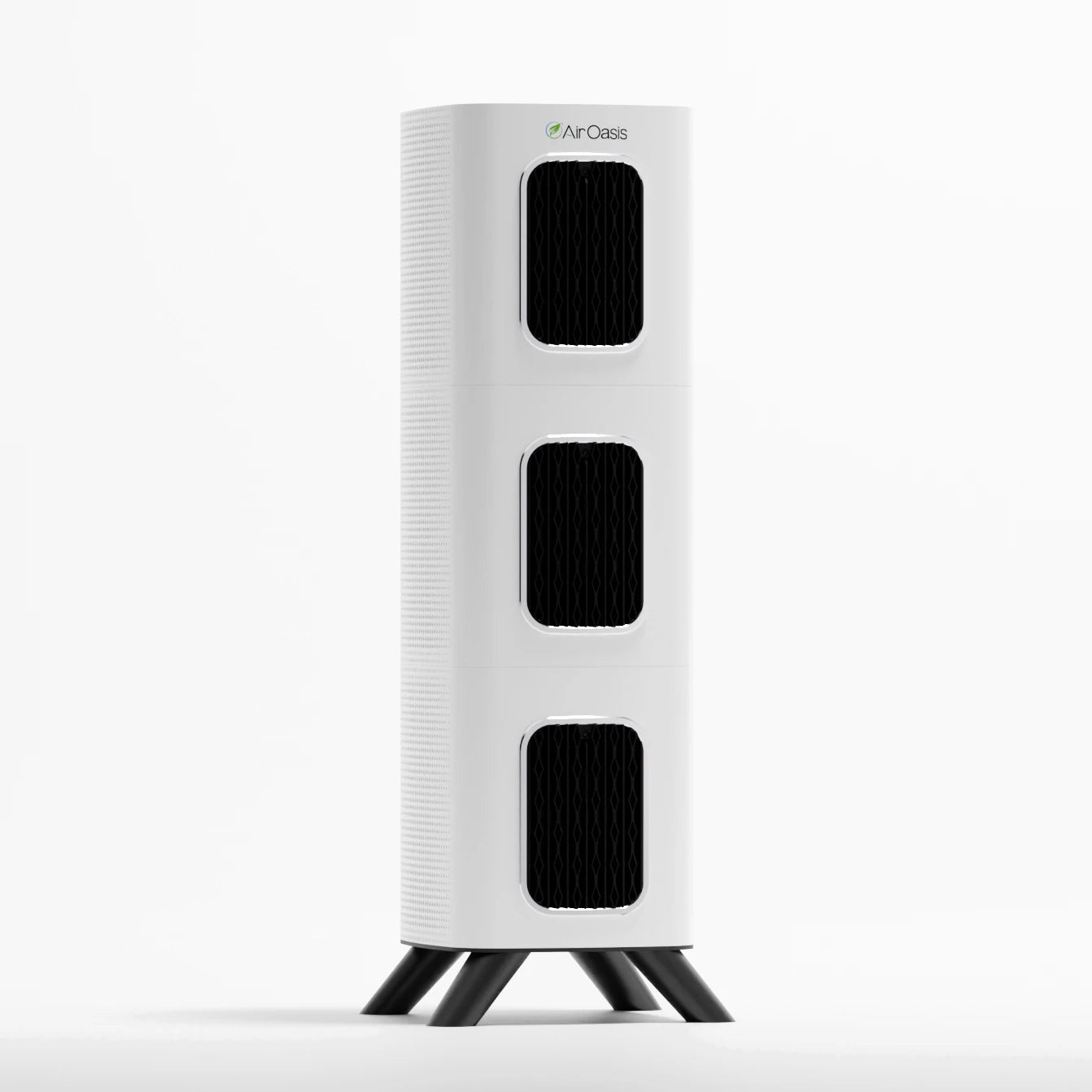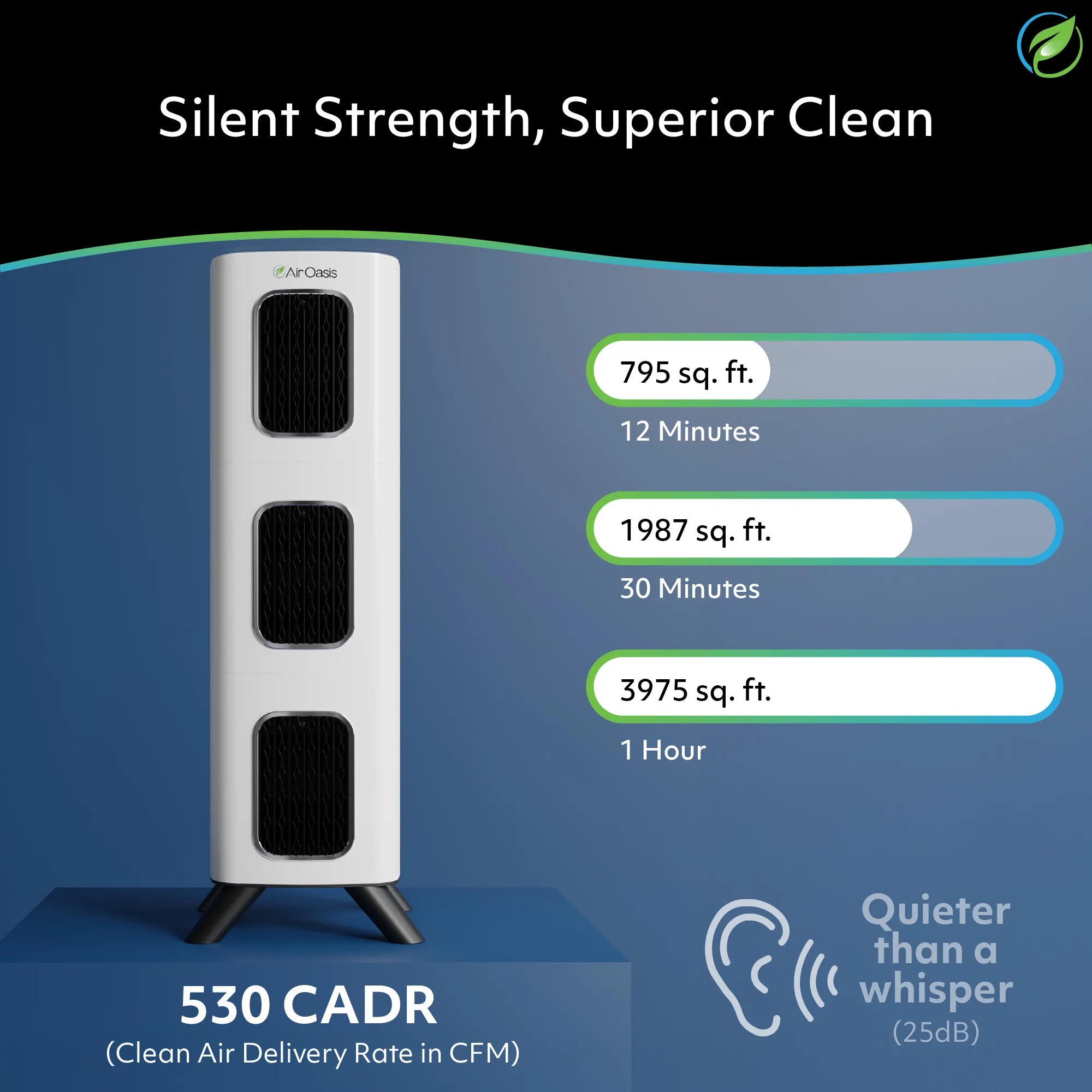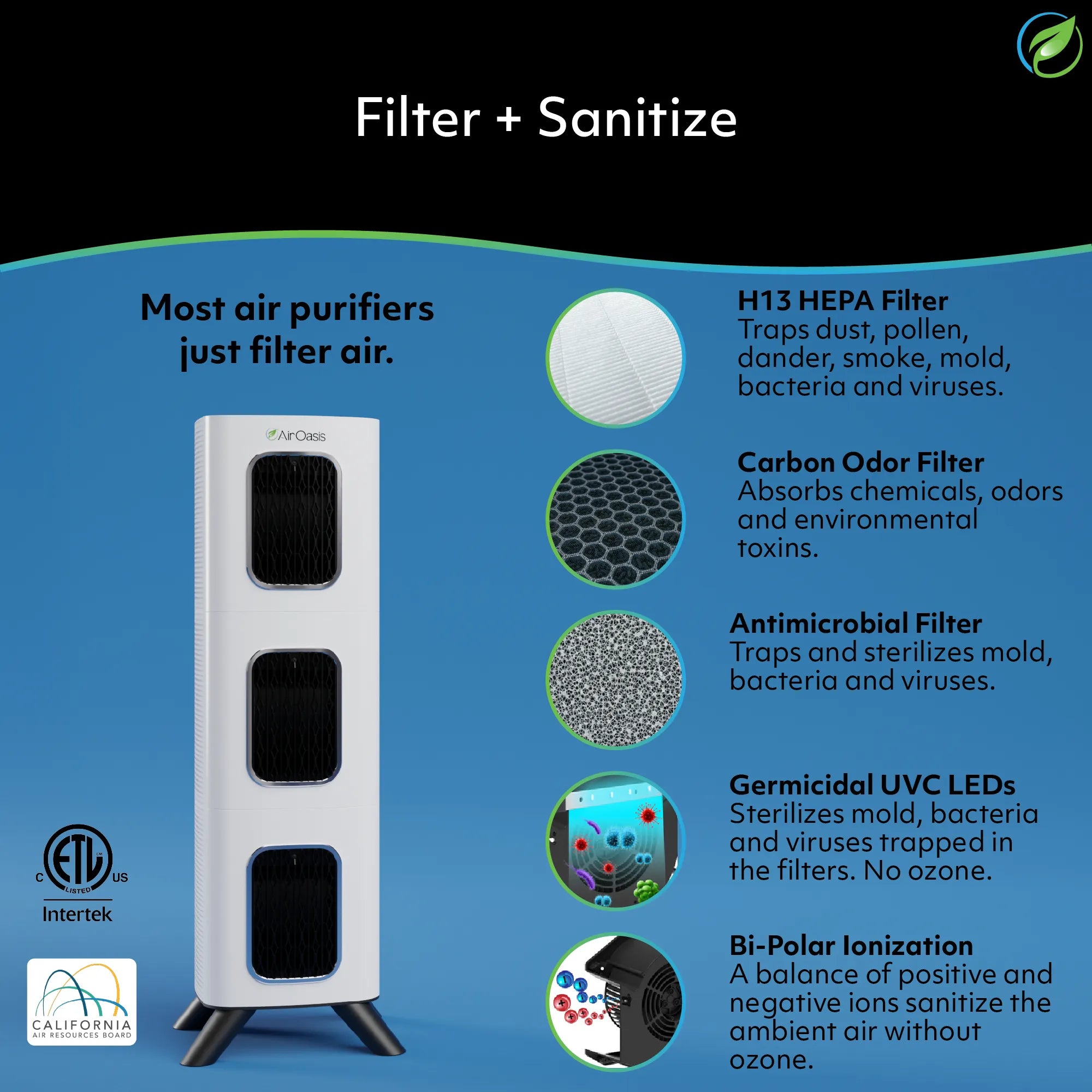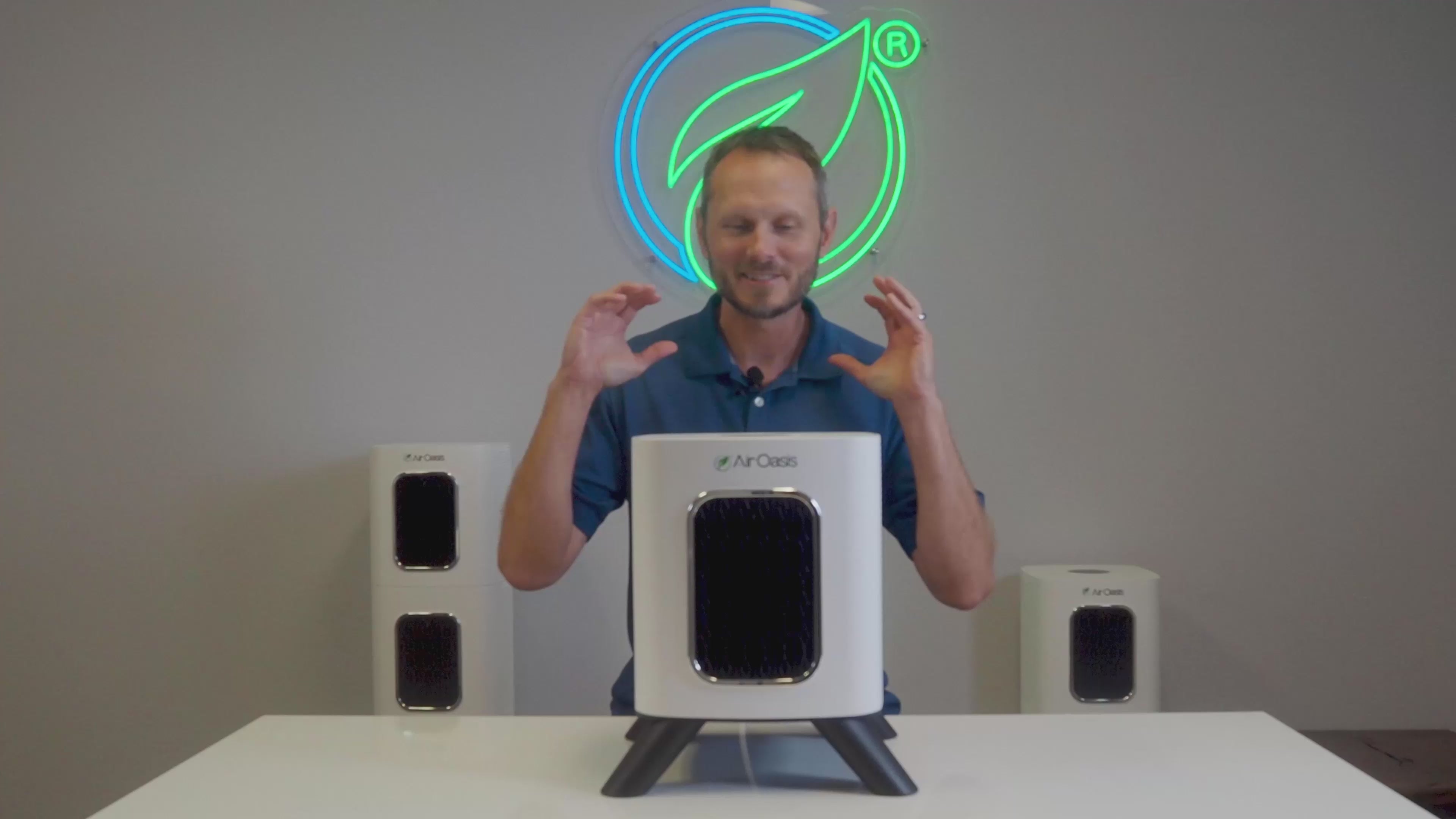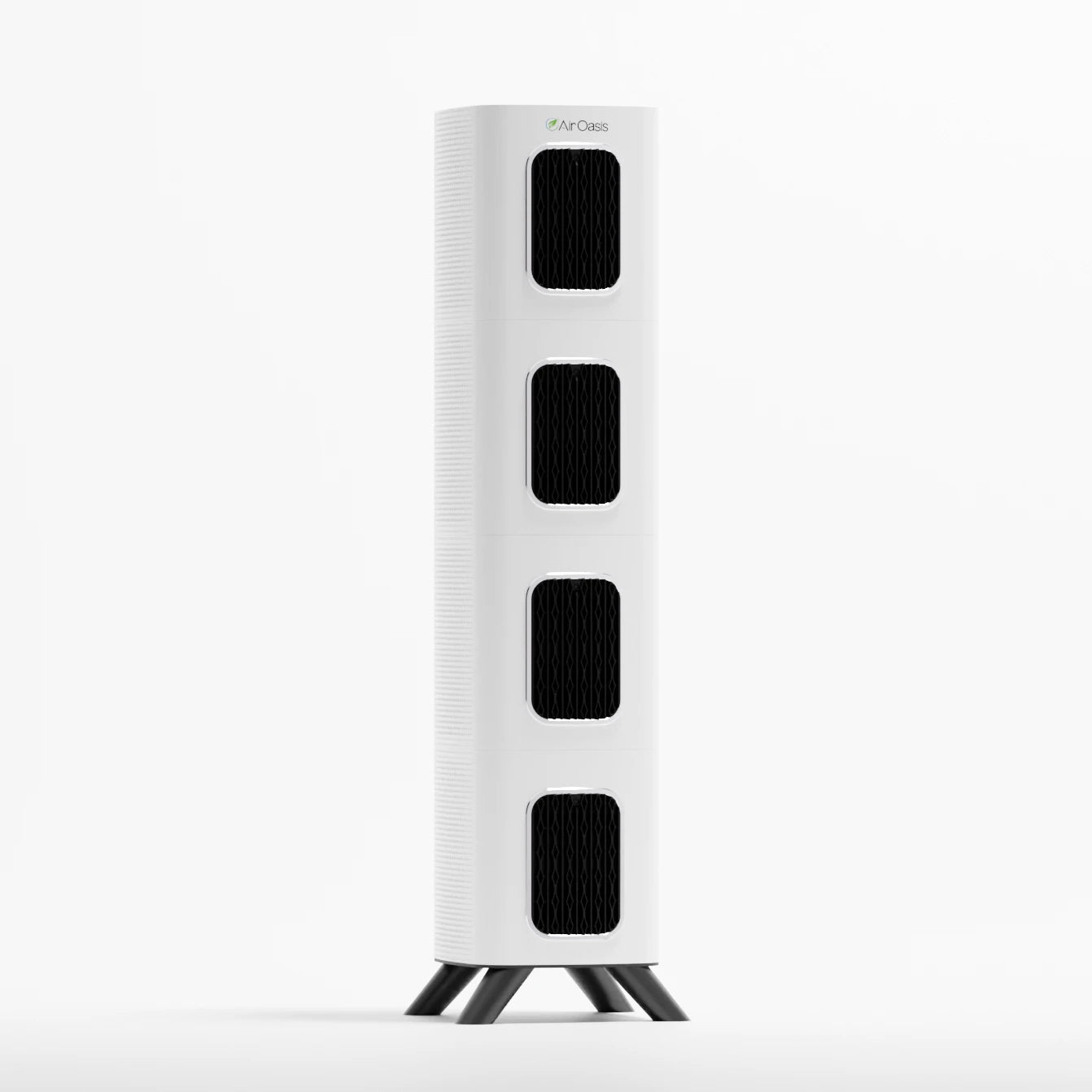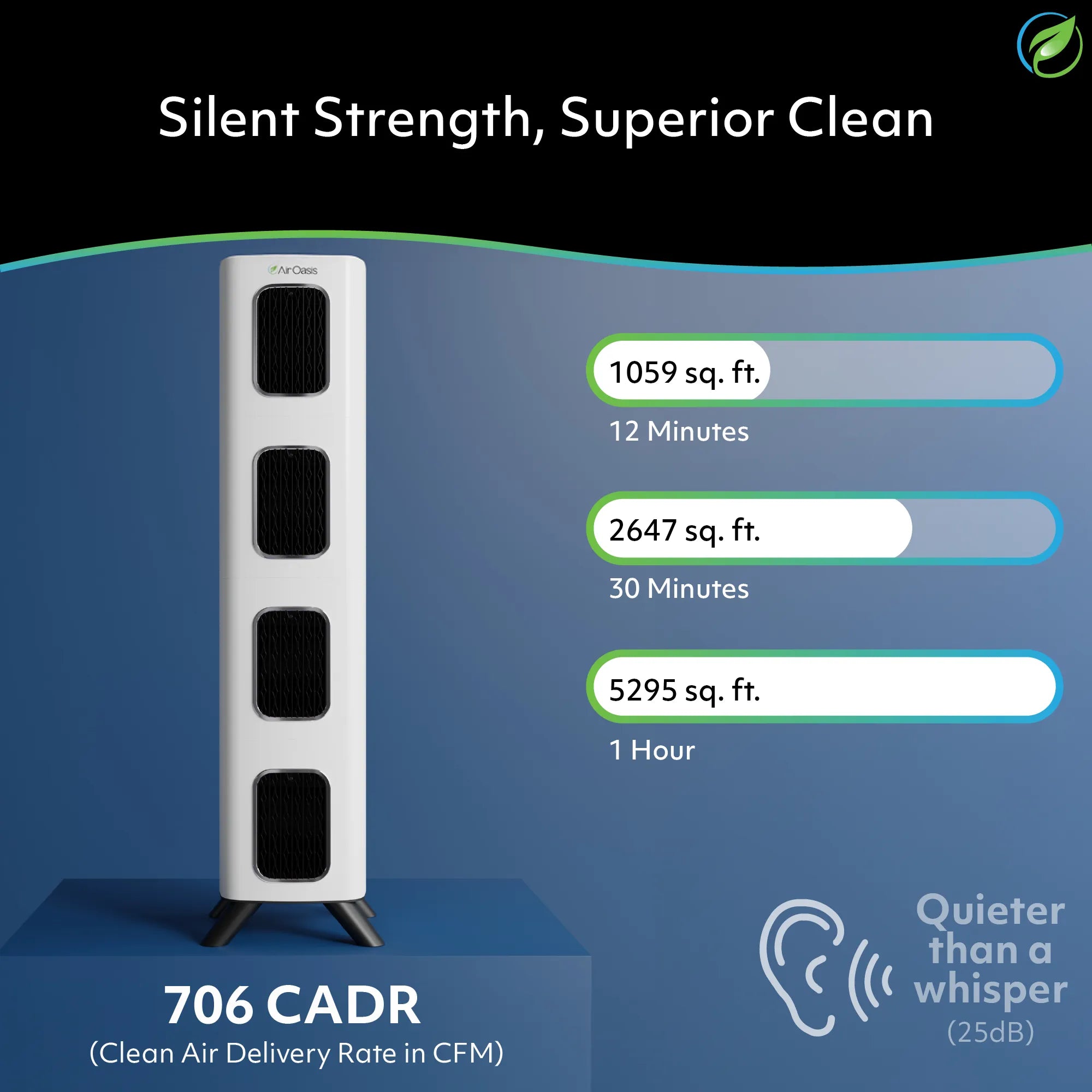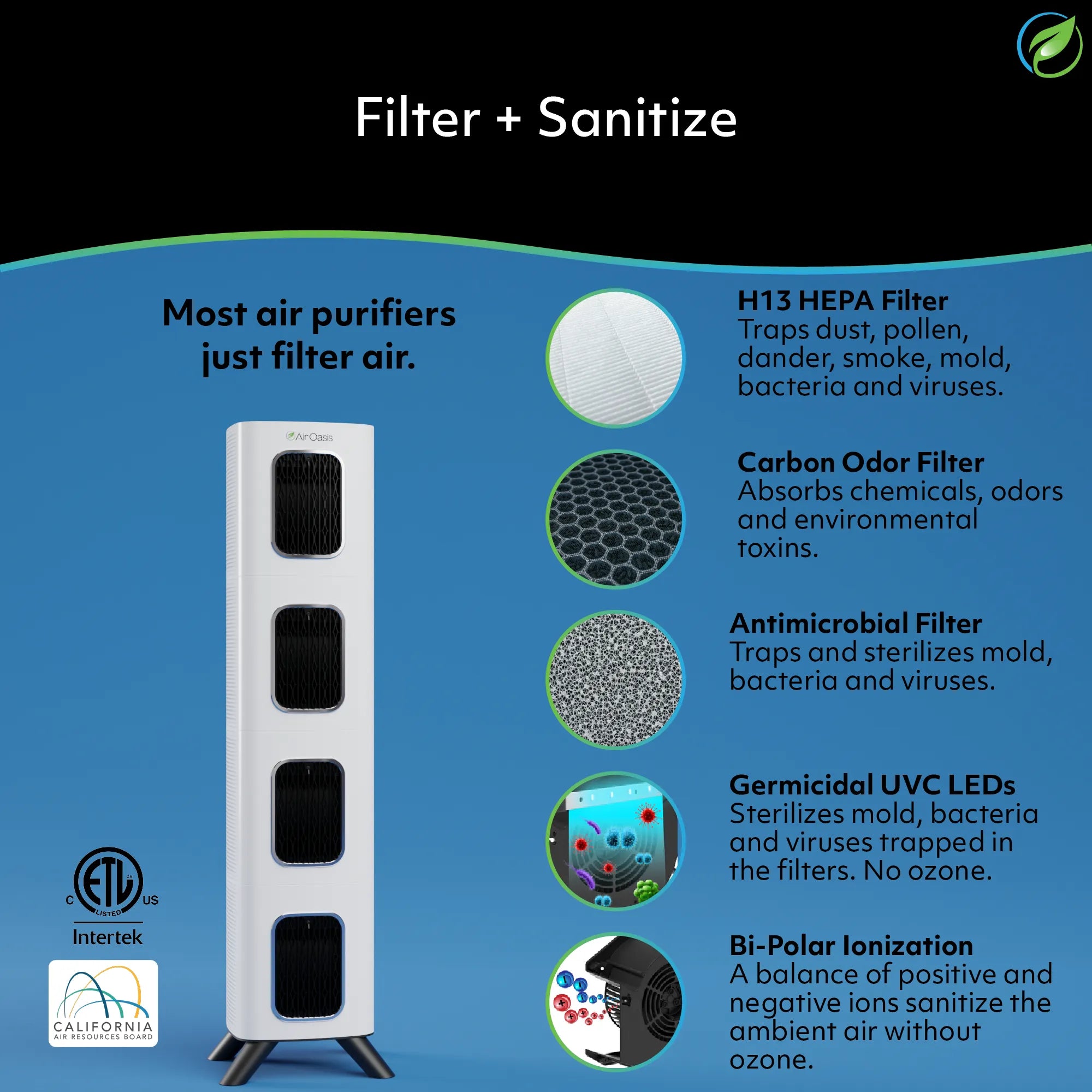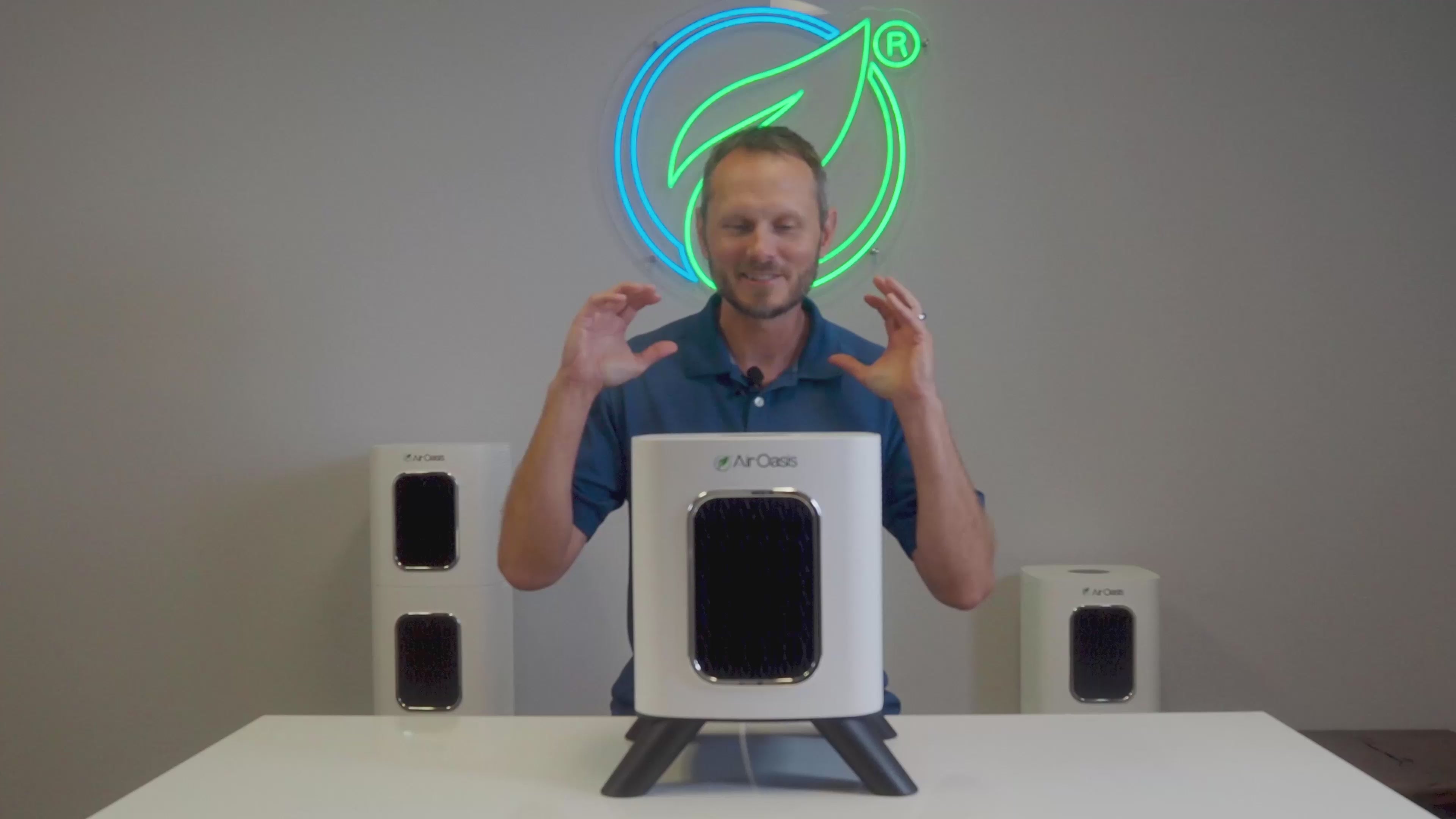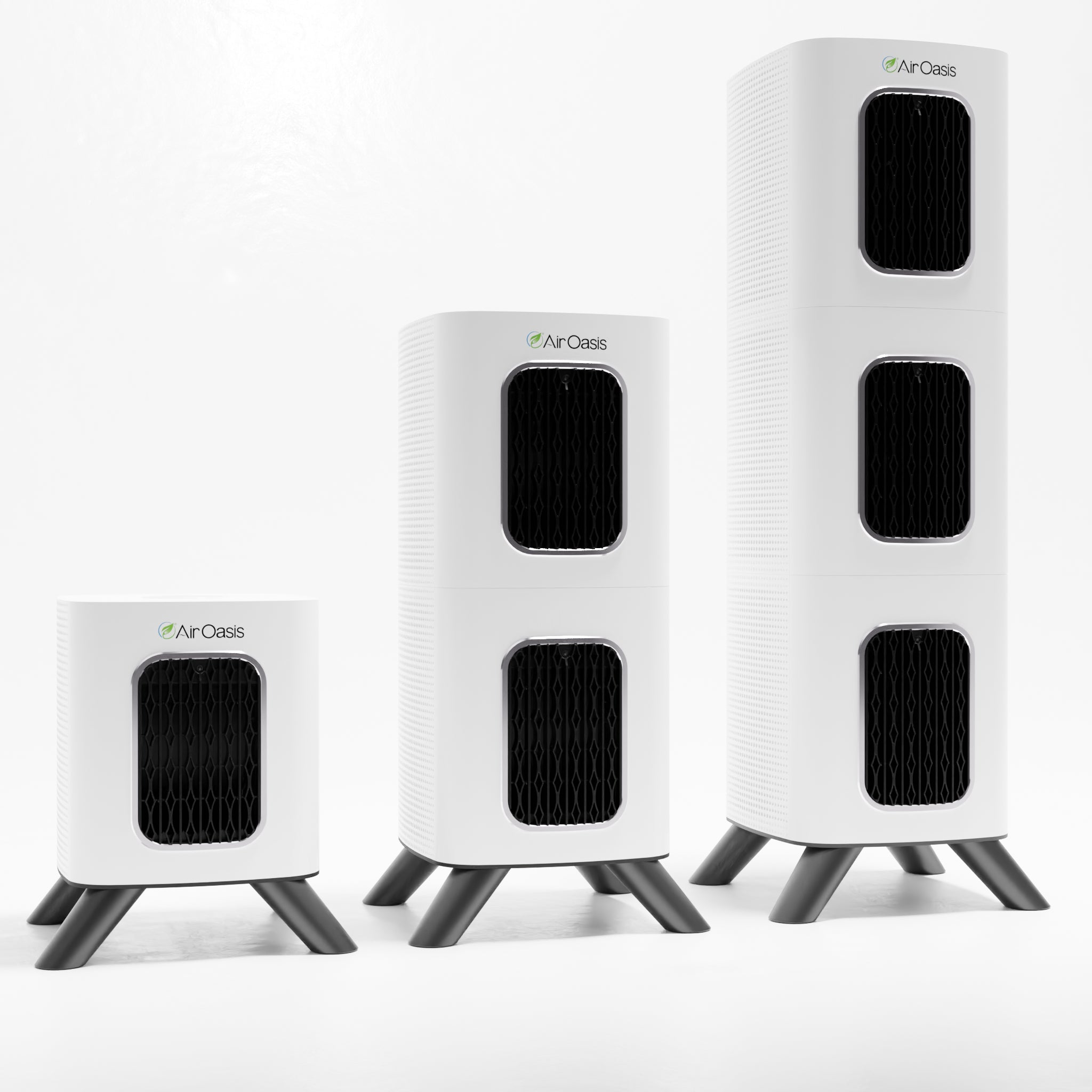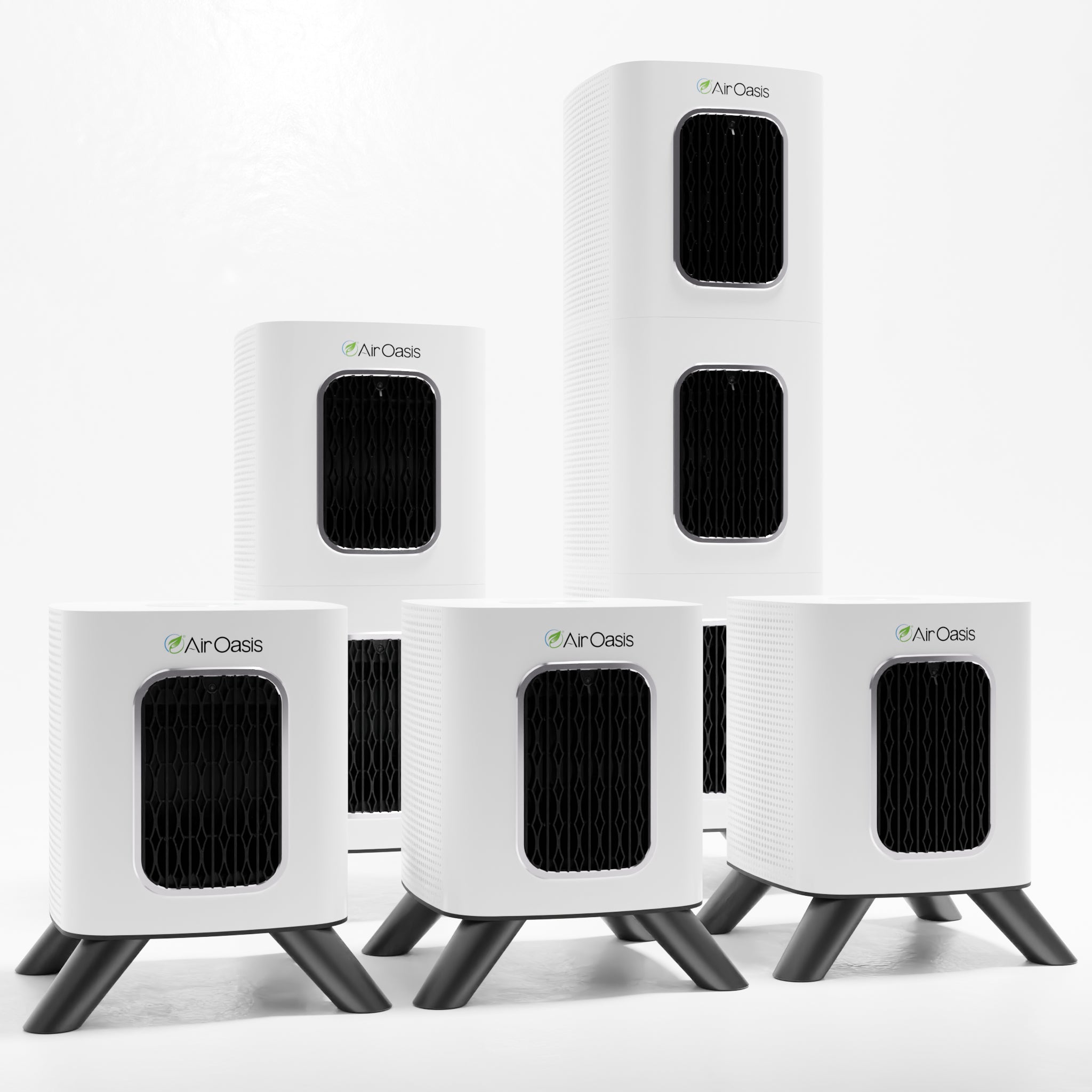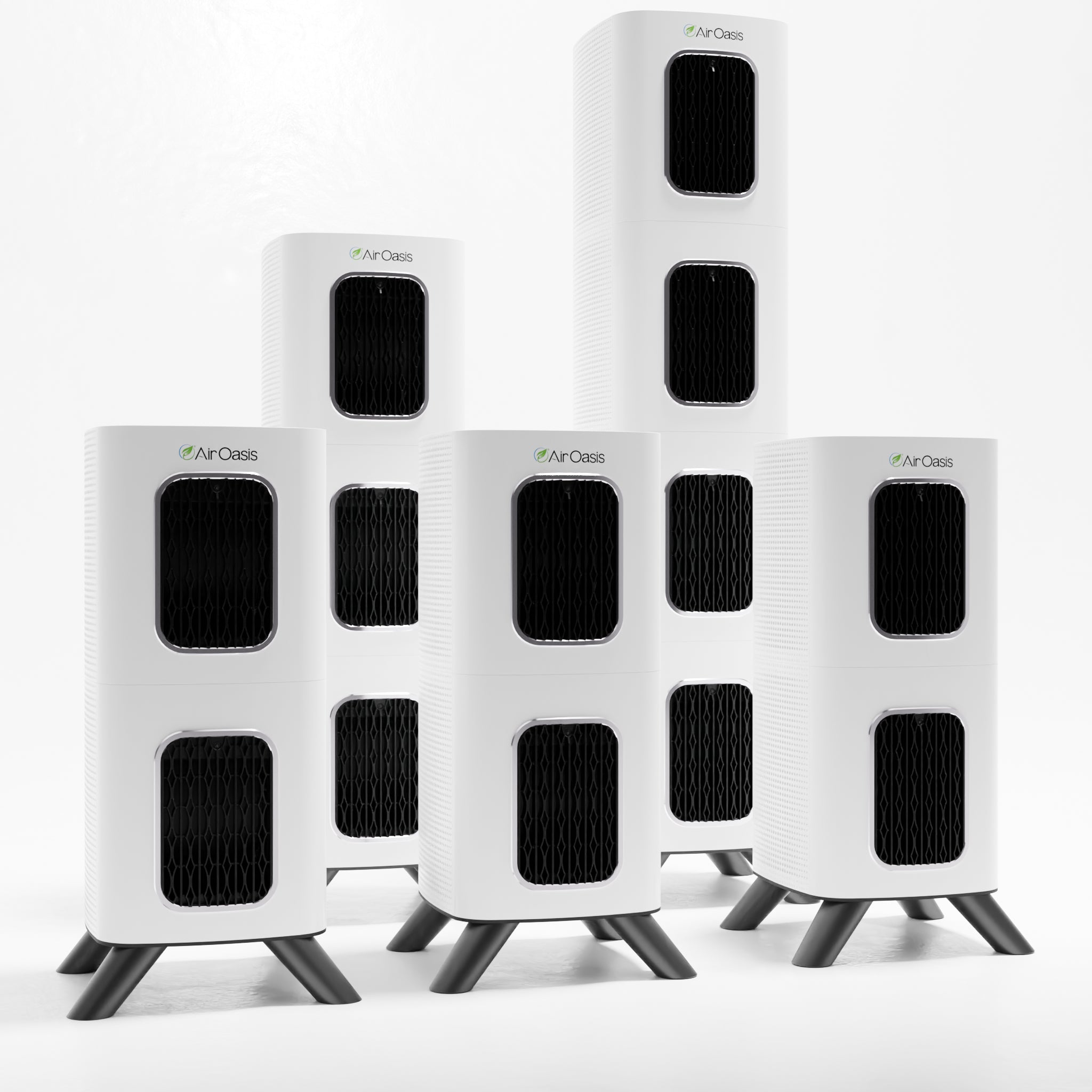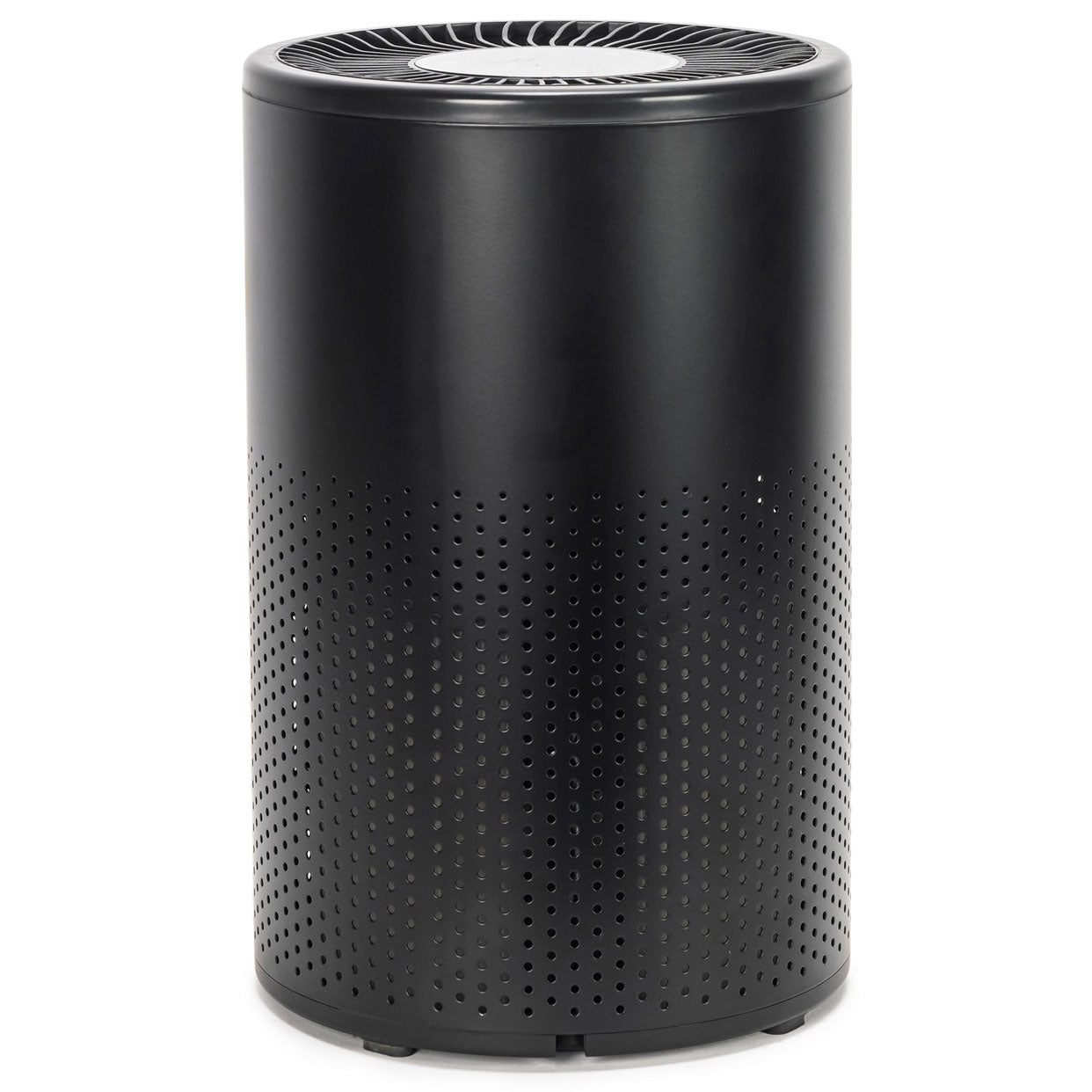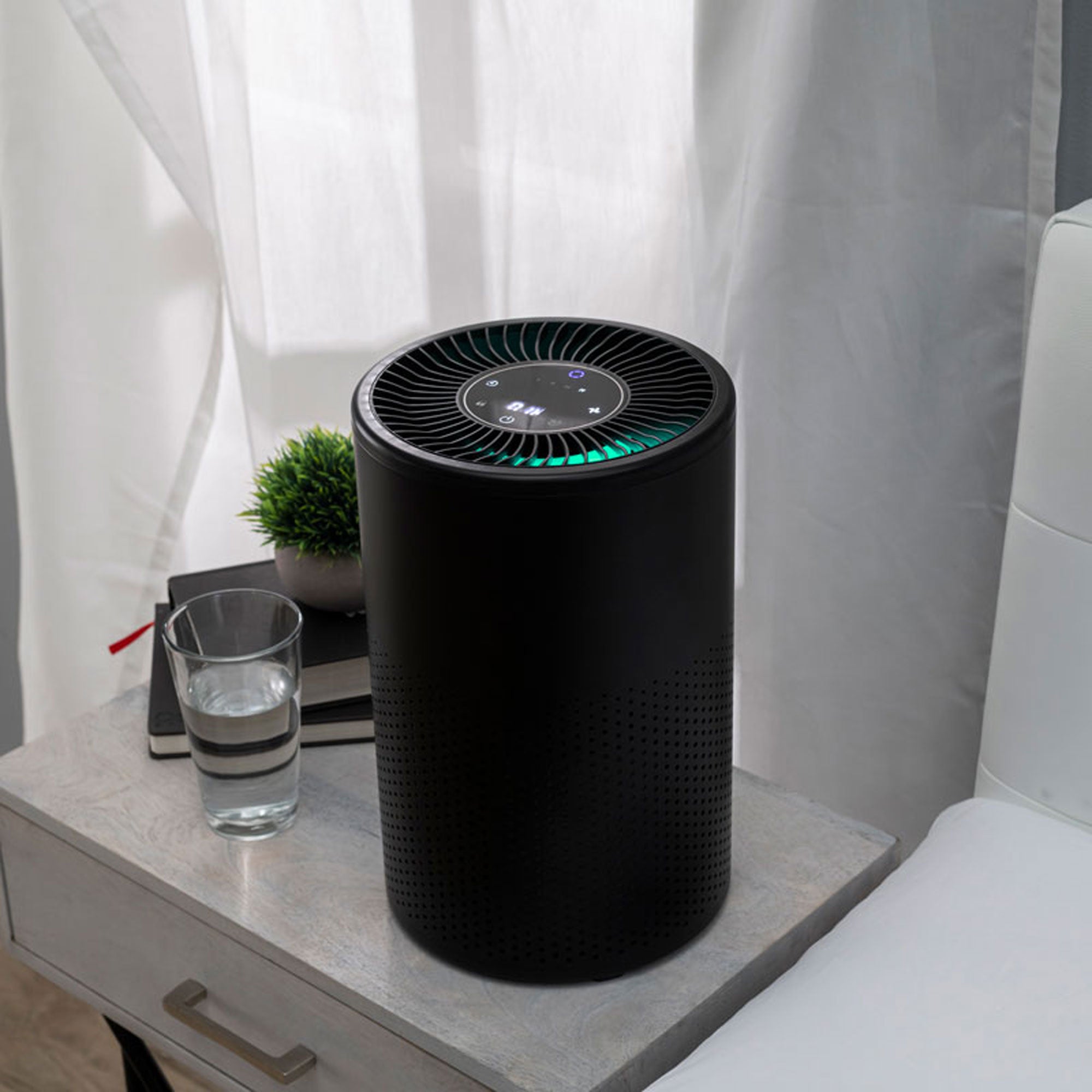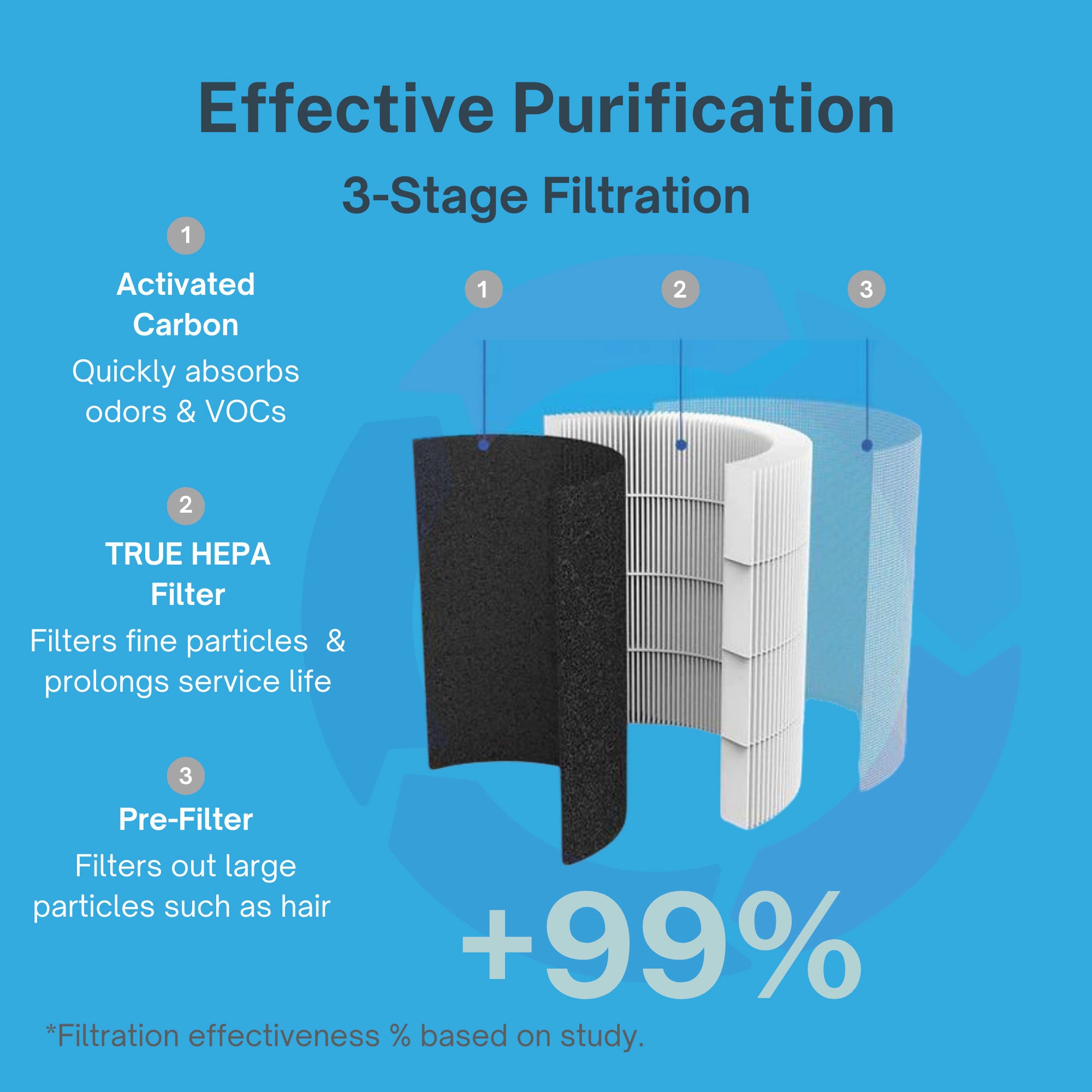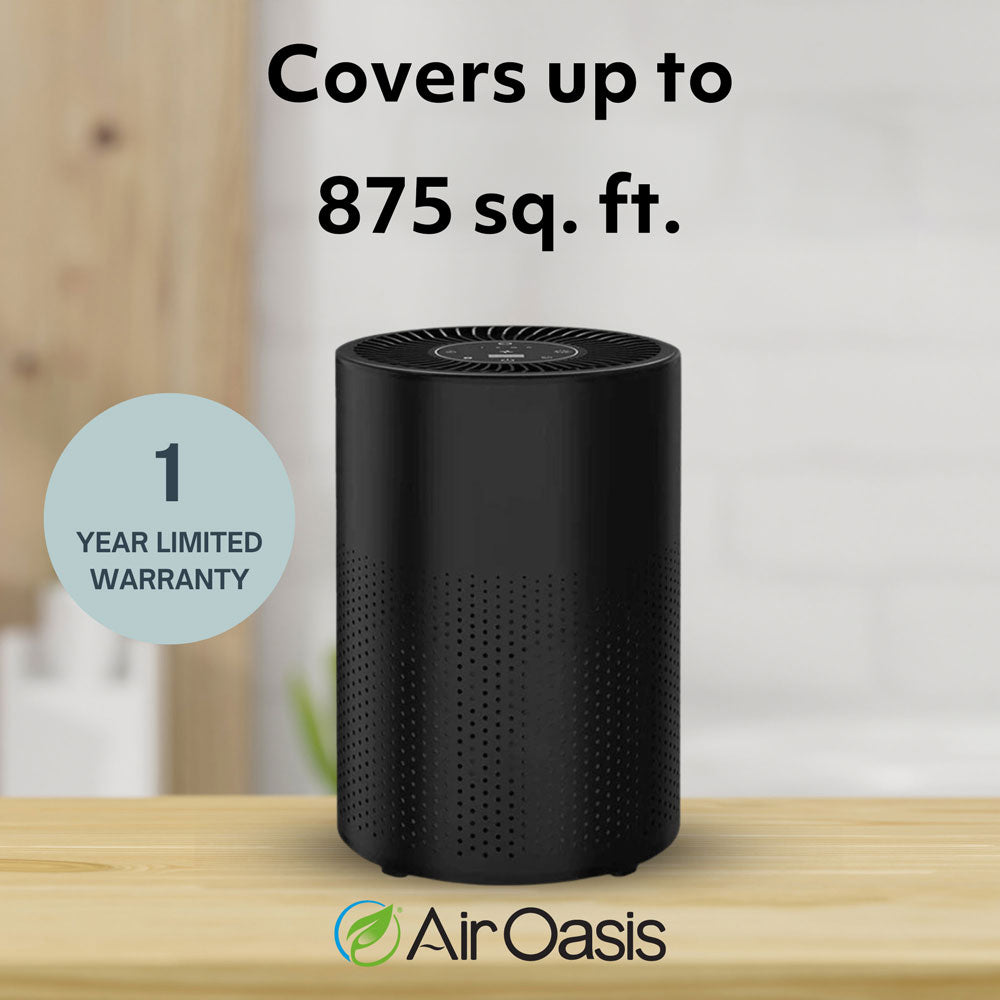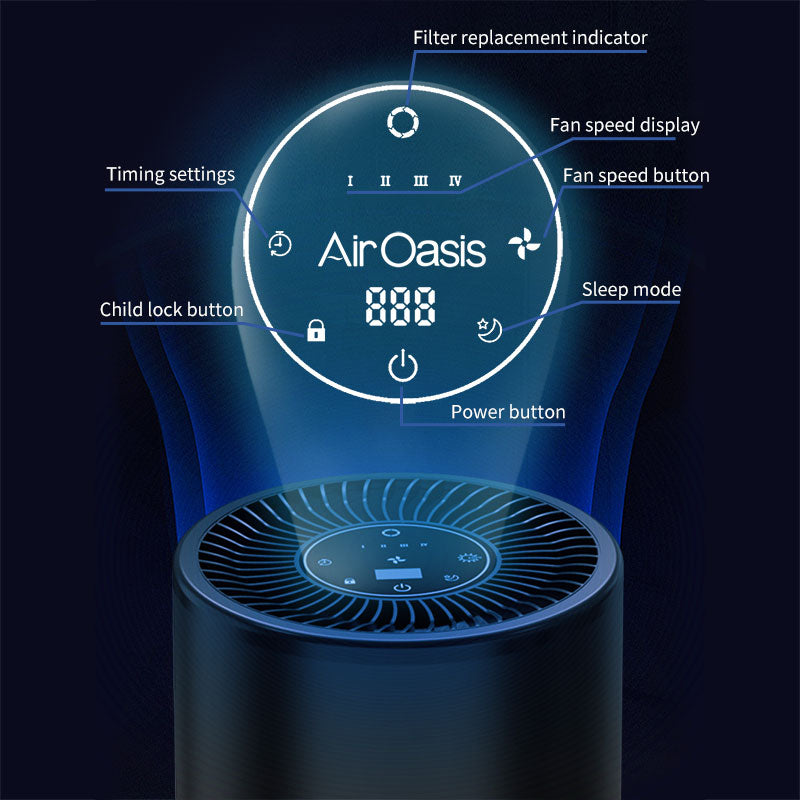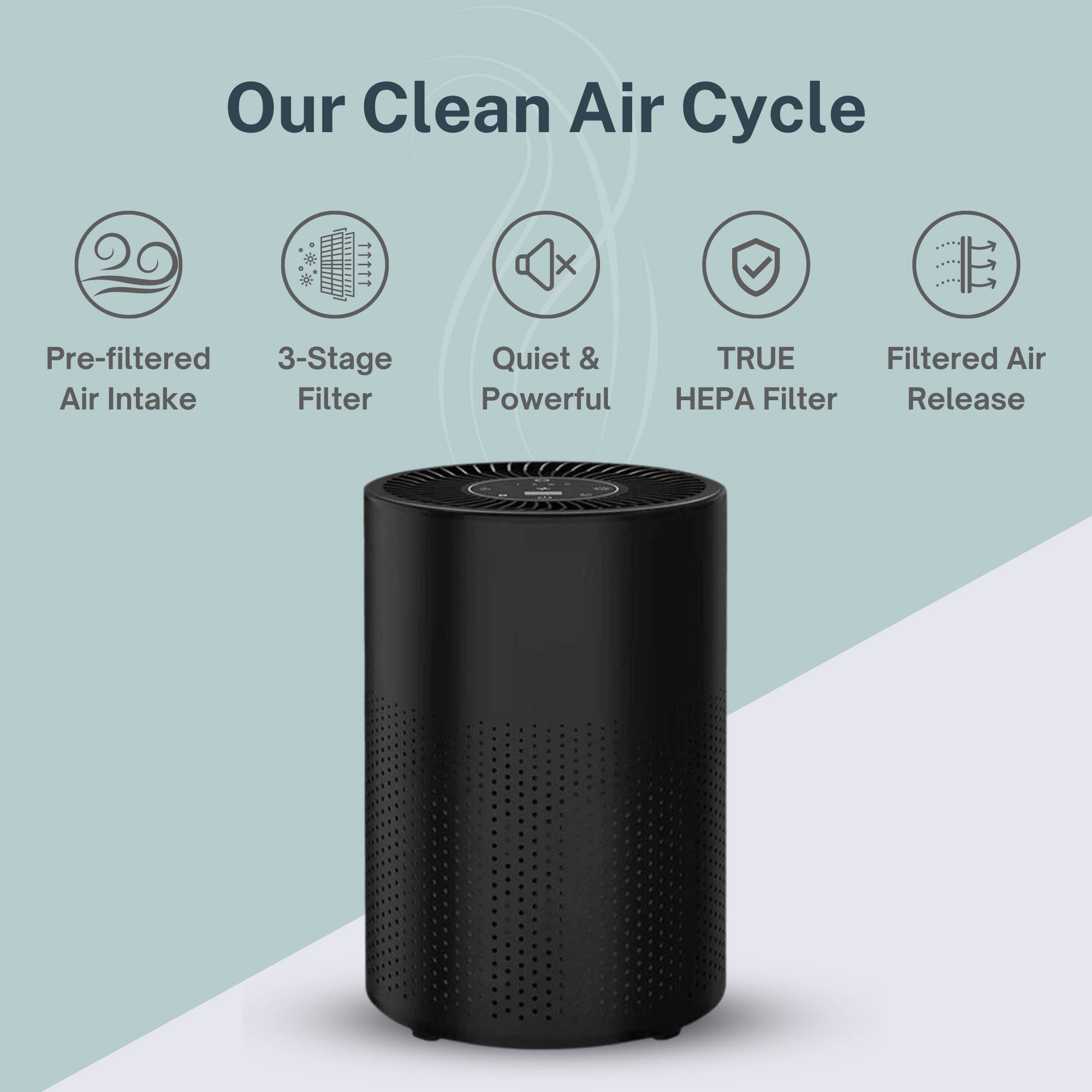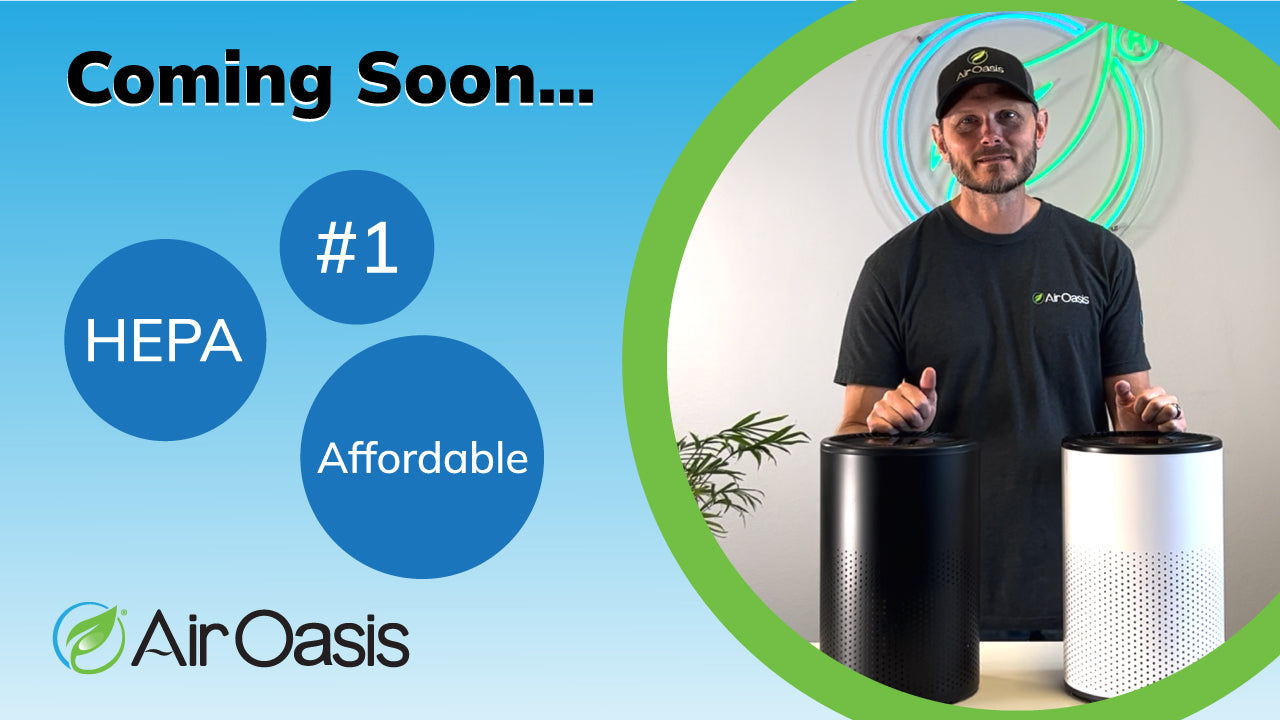Every time you ask an AI chatbot a question or generate an image with artificial intelligence, you're tapping into massive data centers that require extraordinary amounts of electricity to operate. As the AI boom accelerates, communities across the country are discovering an uncomfortable truth: the digital revolution powering our technological future may be compromising the air we breathe. From diesel backup generators to increased fossil fuel power plant operations, the infrastructure supporting artificial intelligence carries environmental costs that are only beginning to come into focus.
When Technology Meets Community Health
Dr. Pamela Valenza, chief health officer at Tepeyac Community Health Center in Denver's Elyria-Swansea neighborhood, learned about the data center construction outside her clinic not through official channels but through a social media post. According to CPR News, her immediate concern centered on understanding potential impacts to the surrounding community—a working-class, largely Latino neighborhood already grappling with pollution from a nearby dog food factory and an oil and gas refinery.
The CoreSite data center campus under construction represents a 180,000-square-foot initial building scheduled for operation by mid-2026, with the final complex eventually holding three facilities totaling 600,000 square feet of computing power. While the company emphasizes job creation and tax revenue, Valenza and other community members worry about public health risks, particularly from the fourteen diesel-powered backup generators positioned near a future affordable senior housing complex.
Elyria-Swansea's history makes these concerns especially acute. A state-funded health study published in February confirmed the neighborhood's asthma hospitalization rate significantly exceeds Denver's average, with air pollution exposure likely contributing to higher childhood asthma rates. For residents like Julie Mote, who notices black film accumulating on her apartment windows, the data center represents another industry choosing an already polluted area for controversial development.
The Invisible Pollution Infrastructure
Most data centers look like nondescript warehouses without visible smokestacks. Unlike traditional industrial sites, facilities connect to customers via fiber optic cables rather than exhaust-belching trucks or trains. This clean appearance, however, masks their environmental footprint.
CoreSite executives acknowledged that electricity usage at their completed Denver site would peak around sixty megawatts—more than the total power currently required to operate Denver International Airport. Cooling data processors in the first building alone will require up to 275,000 gallons of water daily, roughly equal to average daily irrigation at some of Denver's larger golf courses. The fully completed site is expected to require up to 805,000 gallons daily.
These facilities demand vast amounts of electricity from a grid heavily dependent on fossil fuels. According to a recent report by climate advocacy organizations Environment America and Frontier Group, some utilities have cited data center growth to justify delaying closure of fossil fuel power plants nationwide. Other power companies are planning new gas-fired power plants specifically to meet data center demand.
The Backup Generator Problem
Diesel-powered backup generators represent a particularly significant local pollution source. These systems release dangerous amounts of particulate matter and nitrogen oxide—the same pollutants linked to respiratory and cardiovascular diseases. While data centers typically claim their generators only operate during power outages or brief testing runs, the frequency and duration of these operations matters tremendously for nearby communities.
Research by Shaolei Ren, an associate professor of engineering at the University of California, Riverside, found that data centers could result in as many as 1,300 premature deaths annually by 2030 due to air pollution linked to cancers, asthma and other diseases. The study, conducted with Caltech and currently under peer review, estimated public health costs could climb higher than twenty billion dollars annually as residents seek treatment and miss work due to illnesses.
Major tech companies including Google, Microsoft and Meta have disputed these findings, claiming the research overestimates generator reliance and fails to account for renewable energy investments. However, Ren maintains that solar and wind investments cannot offset local pollution risks. During blackouts, diesel exhaust from generators could overwhelm communities surrounded by data centers. Additionally, some facilities have requested permission to use backup generators during high energy demand periods—like hot, sunny days when nearby residents run air conditioners—to avoid overtaxing the grid.
Location Decisions and Community Impact
To minimize health impacts, Ren suggests the AI industry should conduct health impact analyses before selecting data center locations, choosing sites far from vulnerable communities. However, companies often prioritize proximity to existing infrastructure and customers over community health considerations.
CoreSite selected the Elyria-Swansea location due to its proximity to two existing data centers in downtown Denver and North Capitol Hill. Shorter distances allow the company to reduce lag time for customers expecting AI-generated responses as quickly as possible. The site also represented one of few undeveloped, properly zoned parcels available in the city.
Property records show CoreSite purchased the site—previously a concrete manufacturing plant—for $33.5 million in 2022. While the company received an air pollution permit from state regulators setting strict fuel, hour and emission caps, community organizers remain concerned. Ana Varela, a resident and organizer with the GES Coalition, said CoreSite's community meetings didn't fully address concerns about health impacts from light, noise or air pollution. The company told residents it would "meet all zoning and air quality requirements" and claimed backup generators wouldn't run "often" due to reliable electricity supply.
The Broader National Picture
Denver's situation reflects a national trend. Data centers are proliferating across the country as companies race to meet surging demand for AI computing power and cloud-based services. The Mountain West in particular has seen explosive growth, with nondescript warehouse-type buildings appearing in neighborhoods, open plains and rolling foothills.
These developments leave communities grappling with increased air pollution prospects, dwindling water supplies, and higher utility bills—challenges that will only intensify as climate models predict more heat, drought and weather extremes. The tension between technological advancement and environmental protection is becoming increasingly difficult to ignore.
Some communities have begun pushing back. Air quality permits, zoning restrictions, and community advocacy are creating friction points where residents demand accountability for pollution impacts. The question isn't whether AI and data processing will continue expanding—that trajectory seems certain—but rather how communities can ensure this expansion doesn't come at the cost of their health.
The Indoor Air Quality Connection
While policy debates over data center locations and emissions standards continue, individuals can take direct action on the air quality they control most: their indoor environment. The same particulate matter and nitrogen oxides released by diesel generators and fossil fuel power plants can infiltrate homes, schools and workplaces, affecting respiratory health even for those not living immediately adjacent to industrial facilities.
For communities already dealing with multiple pollution sources—from refineries to highways to industrial operations—protecting indoor air quality becomes especially critical. Advanced air purification technology can capture the fine particulate matter that poses the greatest health risks, creating cleaner breathing environments regardless of external air quality challenges.
The AI boom shows no signs of slowing, and the infrastructure supporting it will continue expanding across the country. While communities advocate for better siting decisions and stronger emissions controls, protecting your immediate breathing environment offers tangible health benefits today. If you're ready to take control of your indoor air quality and reduce exposure to harmful particulate matter, proven filtration technology provides protection where you need it most.
Shop Air Oasis today and create cleaner air in the spaces where you spend your time.
